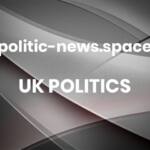Winston Churchill is rightly remembered for leading Britain through her finest hour – but what if he also led the country through her most shameful hour? What if, in addition to rousing a nation to save the world from the Nazis, he fought for a raw white supremacism and a concentration camp network of his own? This question burns through Richard Toye’s new history, Churchill’s Empire, and is even seeping into the Oval Office.
George W Bush left a bust of Churchill near his desk in the White House, in an attempt to associate himself with the war leader’s heroic stand against fascism. Barack Obama had it returned to Britain. It’s not hard to guess why: his Kenyan grandfather, Hussein Onyango Obama, was imprisoned without trial for two years and was tortured on Churchill’s watch, for resisting Churchill’s empire.
Can these clashing Churchills be reconciled? Do we live, at the same time, in the world he helped to save, and the world he helped to trash? Toye, one of Britain’s smartest young historians, has tried to pick through these questions dispassionately – and he should lead us, at last and at least, to a more mature conversation about our greatest national icon.
Download the new Independent Premium app
Sharing the full story, not just the headlines
Churchill was born in 1874 into a Britain that was washing the map pink, at the cost of washing distant nations blood red. Victoria had just been crowned Empress of India, and the scramble for Africa was only a few years away. At Harrow School and then Sandhurst, he was told a simple story: the superior white man was conquering the primitive, dark-skinned natives, and bringing them the benefits of civilisation. As soon as he could, Churchill charged off to take his part in “a lot of jolly little wars against barbarous peoples”. In the Swat valley, now part of Pakistan, he experienced, fleetingly, a crack of doubt. He realised that the local population was fighting back because of “the presence of British troops in lands the local people considered their own,” just as Britain would if she were invaded. But Churchill soon suppressed this thought, deciding instead they were merely deranged jihadists whose violence was explained by a “strong aboriginal propensity to kill”.
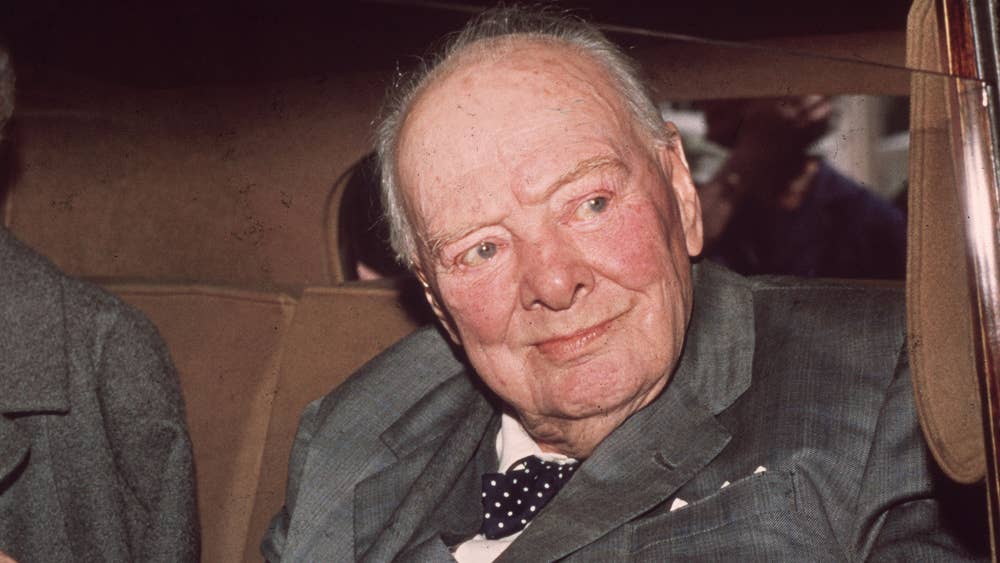
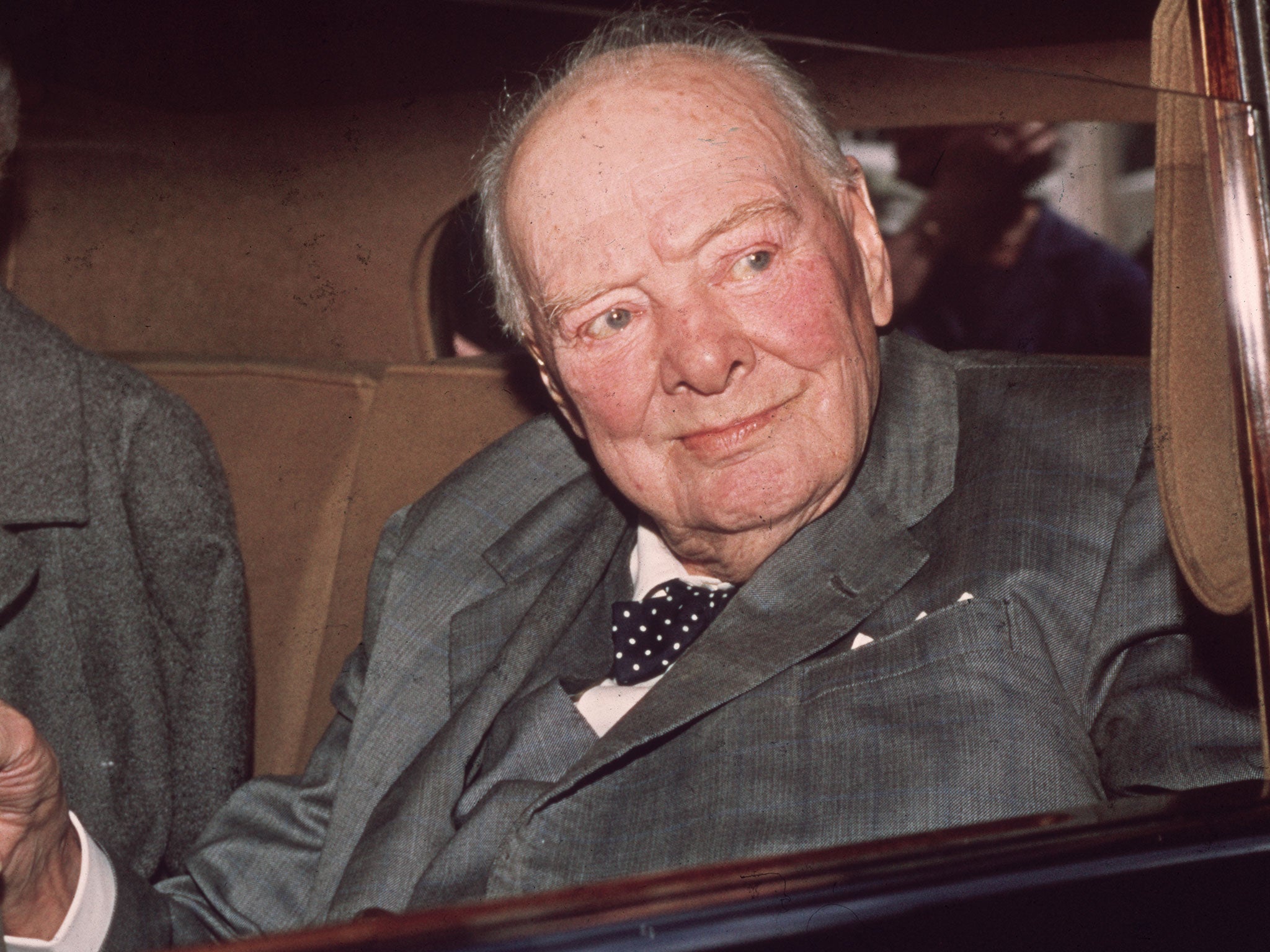
1/30 Winston Churchill
Winston Churchill leaving London for his country home, Chartwell in Kent in 1964
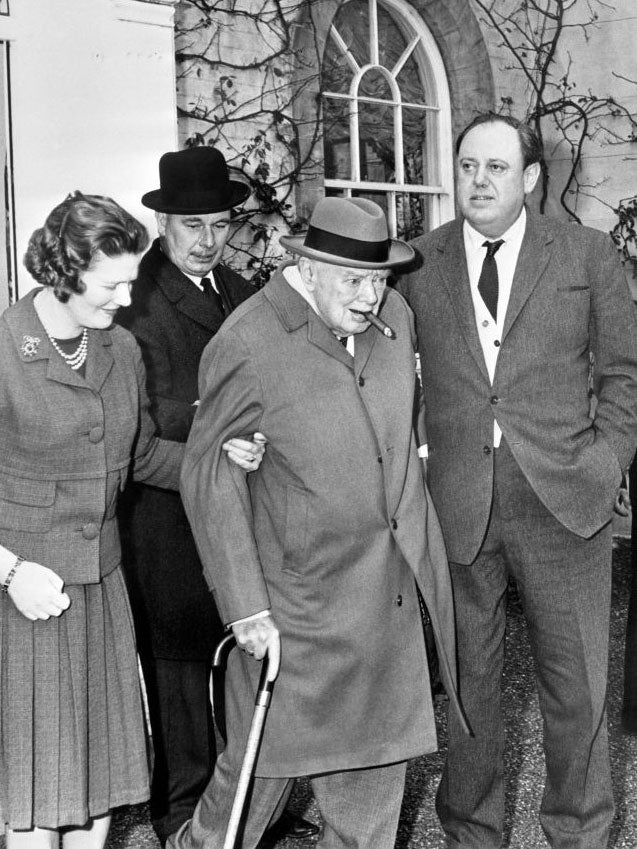
2/30 Winston Churchill
Sir Winston Churchill with his daughter Mary and son-in-law Christopher Soames (right) in 1964
PA
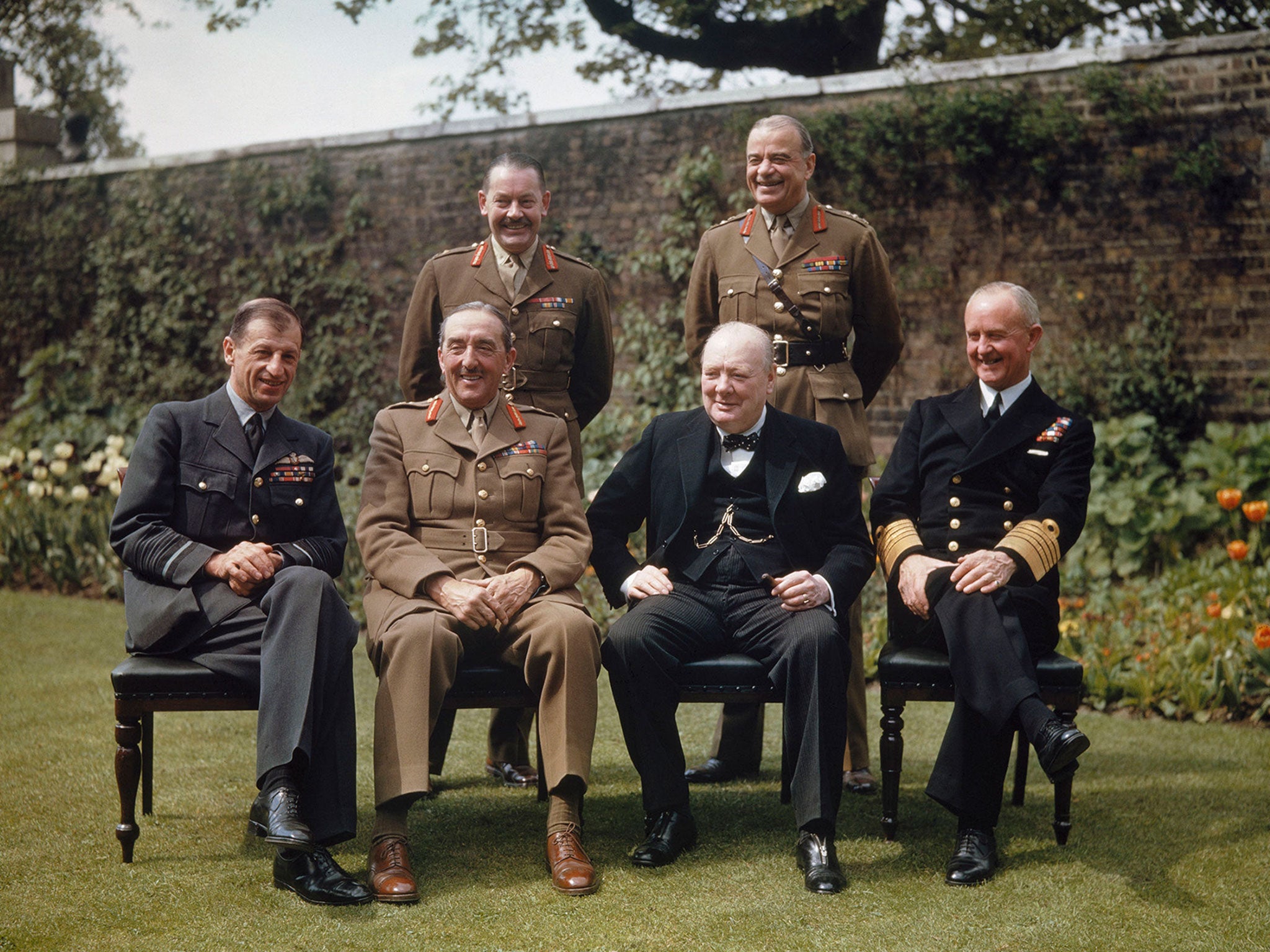
3/30 Winston Churchill
(Seated left to right) Air Chief Marshal Sir Charles Portal; Field Marshal Sir Alan Brooke, Winston Churchill; Admiral Sir Andrew Cunningham, (standing left to right) the Secretary to the Chiefs of Staffs Committee, Major General L C Hollis; and the Chief of Staff to the Minister of Defence, General Sir Hastings Ismay at an unknown location
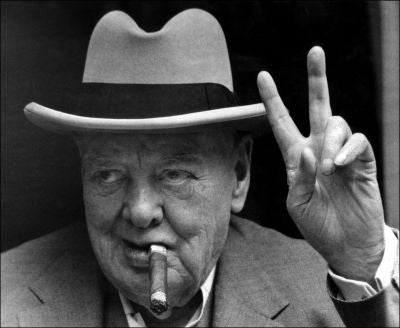
4/30 Winston Churchill
Winston Churchill flashes the V-sign on 19 June 1963
AFP PHOTO
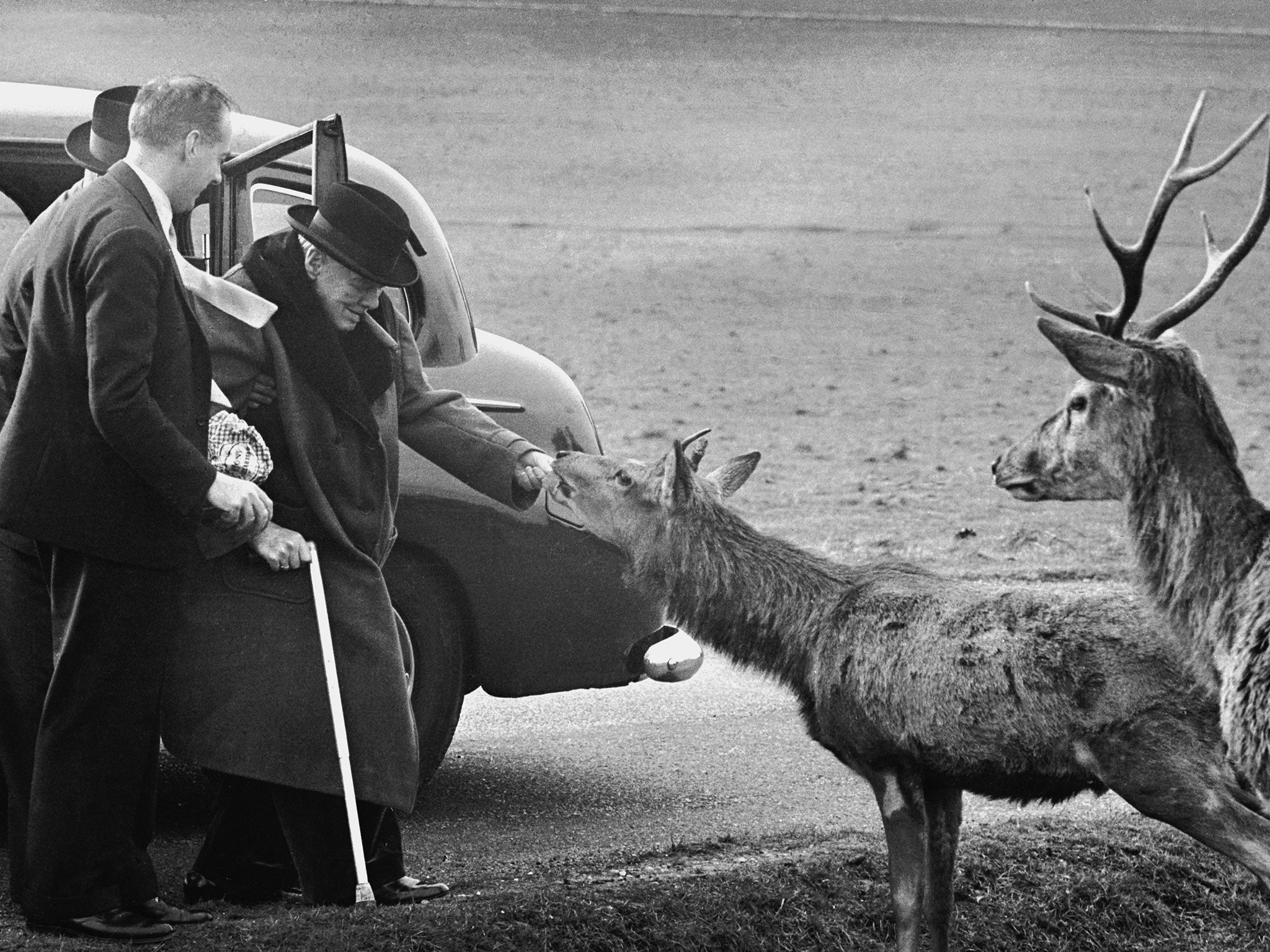
5/30 Winston Churchill
Winston Churchill feeds the deer in Richmond Park, accompanied by his private secretary Anthony Montague Brown and personal detective Edmund Murray on 25 March 1963
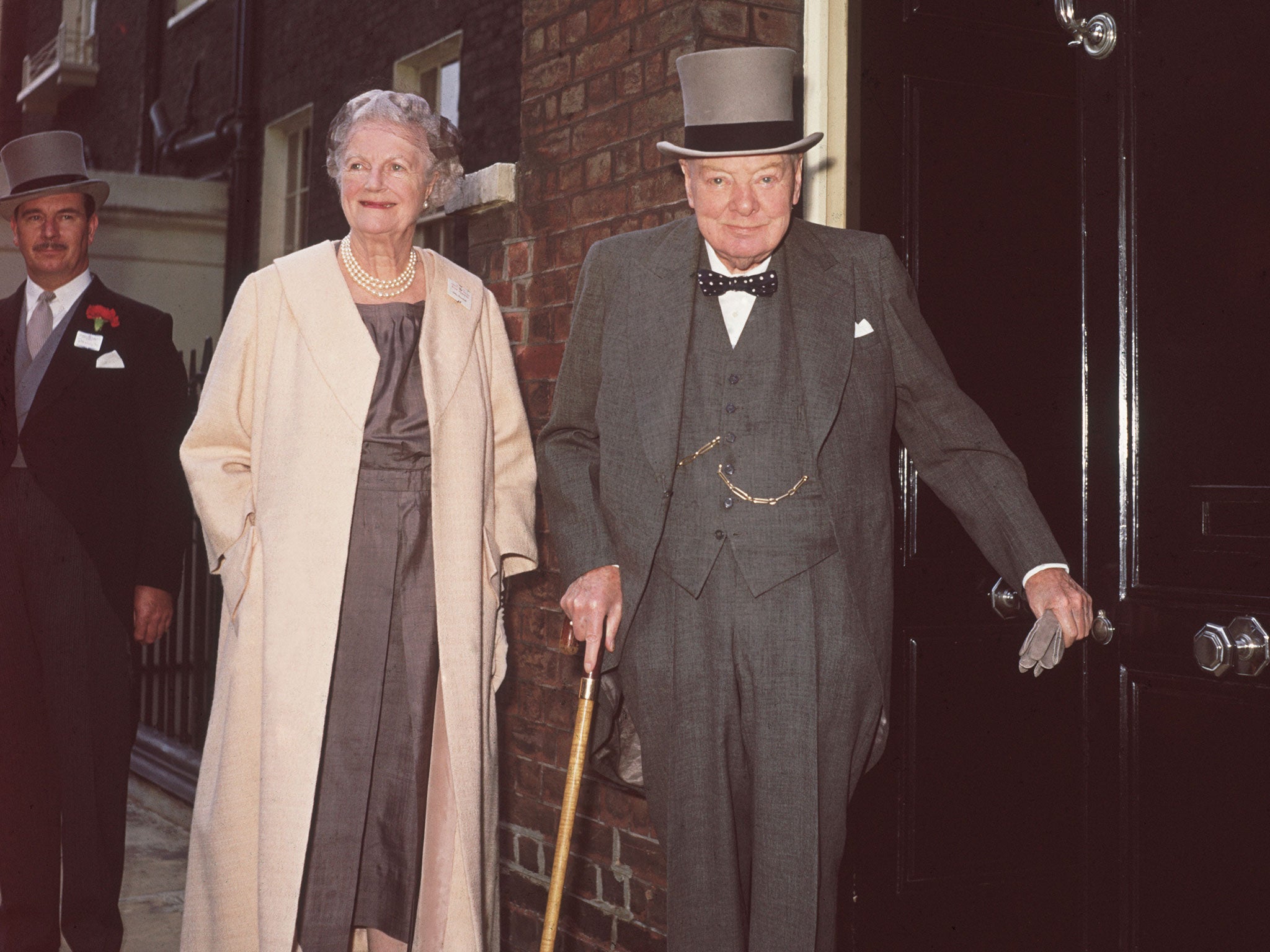
6/30 Winston Churchill
Winston and Lady Churchill leaving their Hyde Park Gate home for an Ascot race meeting on 16 June 1961
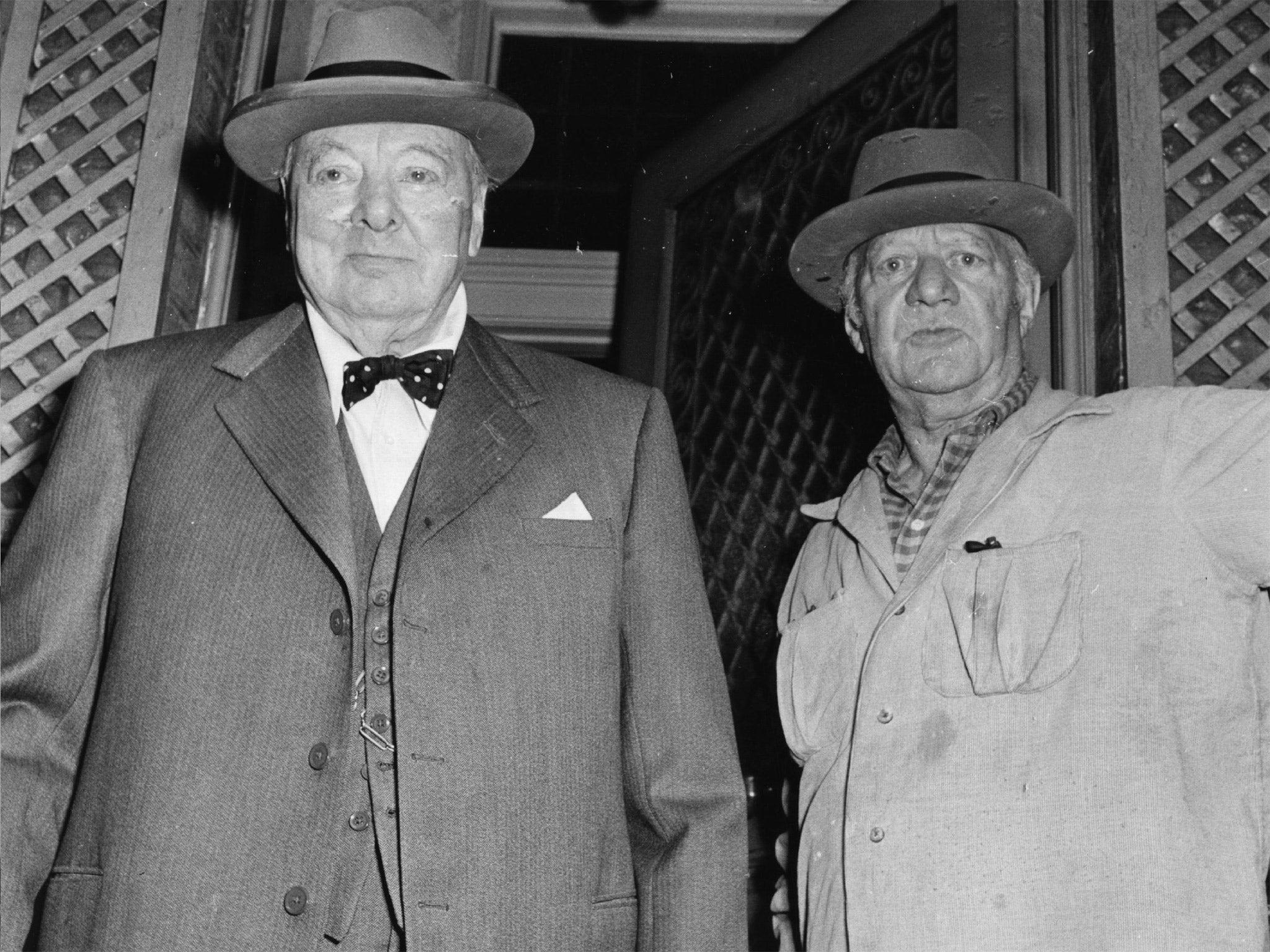
7/30 Winston Churchill
Jacob Epstein with Winston Churchill in 1958. The pair lived on the same London street
Evening Standard/Getty Images

8/30 Winston Churchill
Prime Minister Winston Churchill kisses Queen Elizabeth II’s hand as she leaves 10 Downing Street in London, after a dinner on 4 April 1955
Getty Images
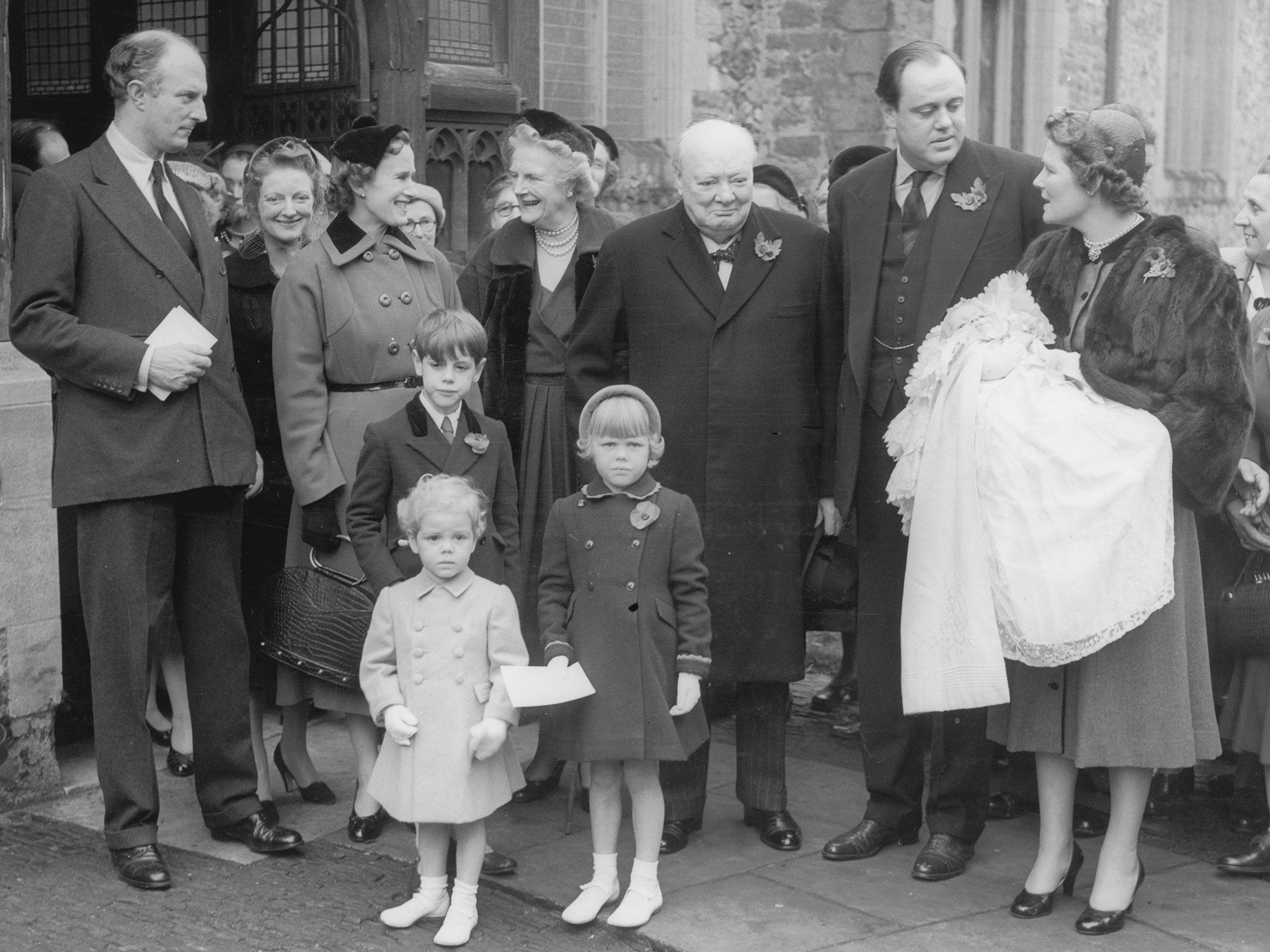
9/30 Winston Churchill
Winston Churchill at the christening of his granddaughter, Charlotte Soames at Westerham Parish Church, Kent on 6 November 1954. Left to right: godparents Fitzroy MacLean and Diana Churchill, Sir Winston Churchill, Lady Clementine Churchill, Christopher Soames and his wife Mary Churchill. The children are Nicholas, Jeremy and Emma Soames with his grandson Nicholas Soames
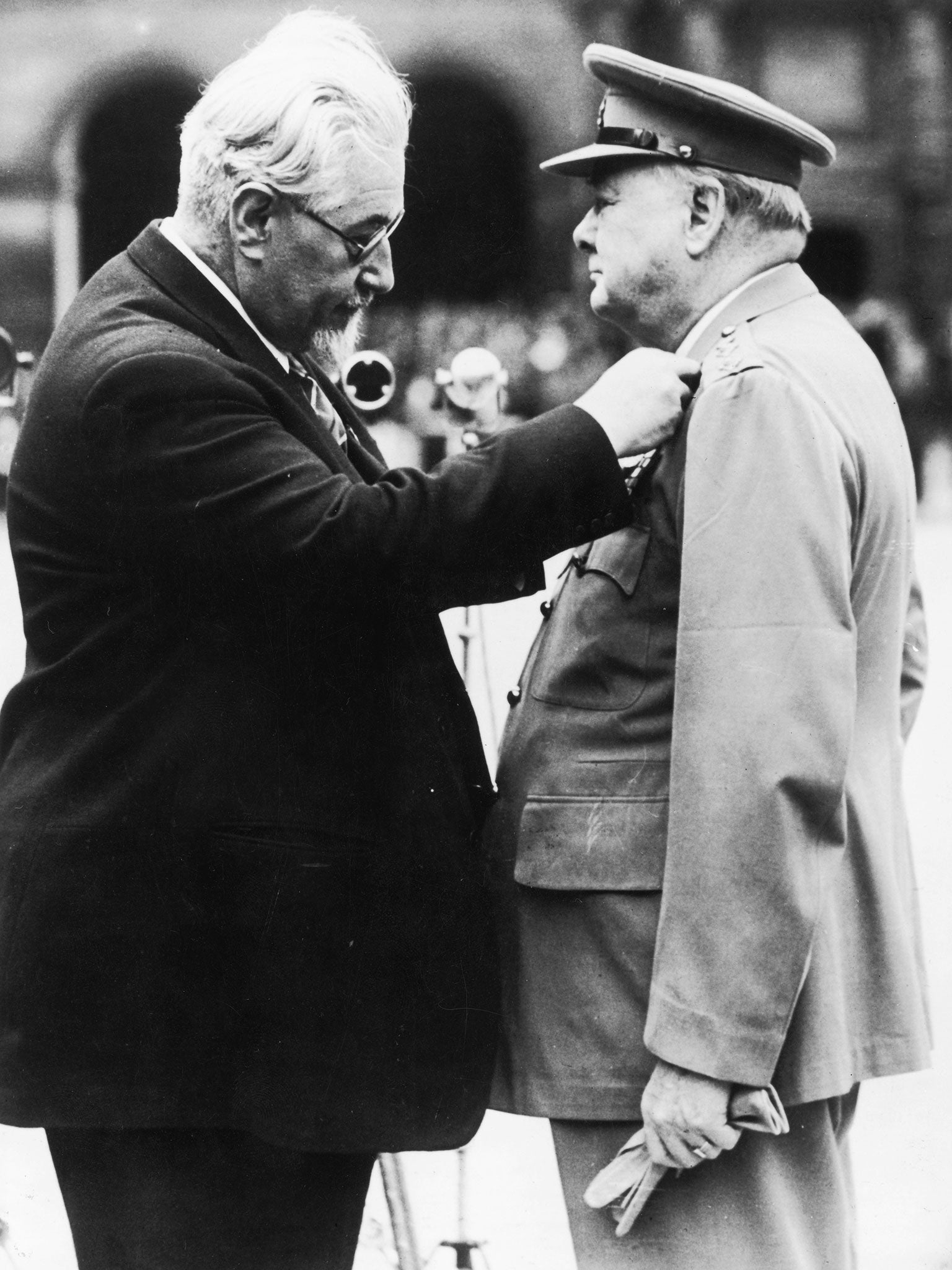
10/30 Winston Churchill
French President Paul Ramadier awards the medaille Militaire to former British prime minister Winston Churchill on 12 May 1947
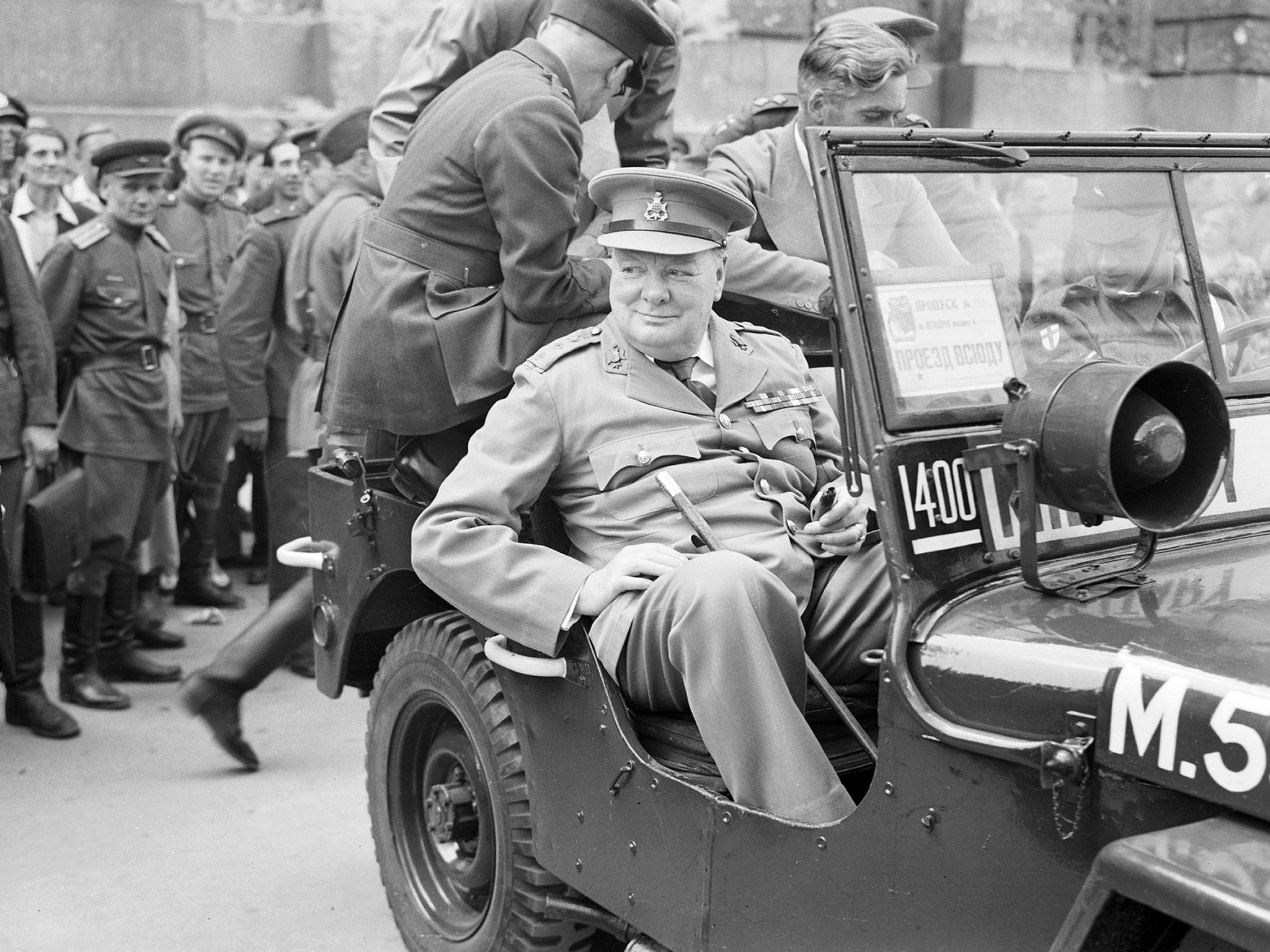
11/30 Winston Churchill
Winston Churchill outside the German Reichstag during a tour of the ruined city of Berlin on 16 July 1945
PA
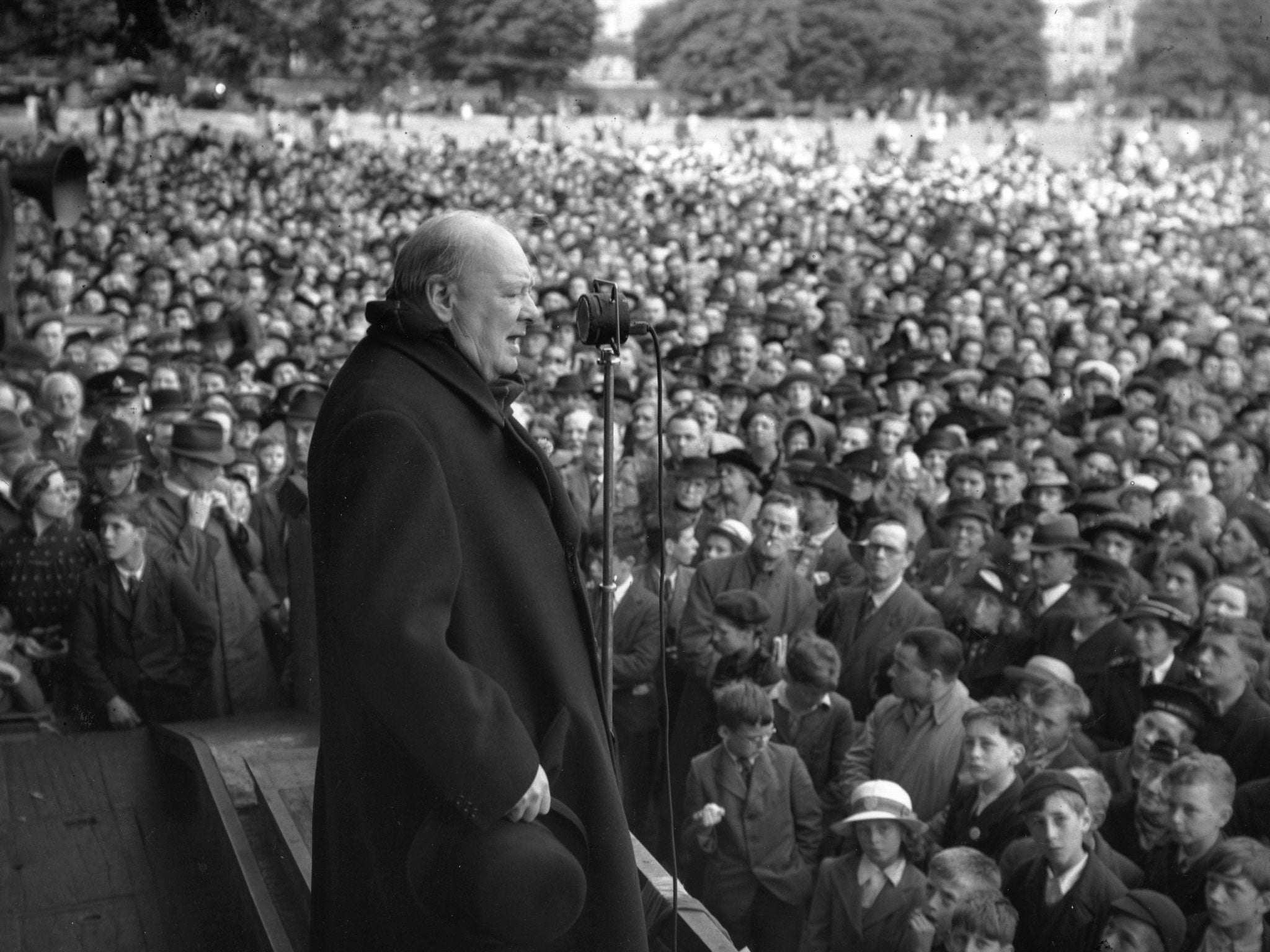
12/30 Winston Churchill
The prime minister of the wartime Coalition government Sir Winston Leonard Spencer Churchill during a speech 0n 2 July 1945. The July 1945 general election resulted in a resounding victory for the Labour Party
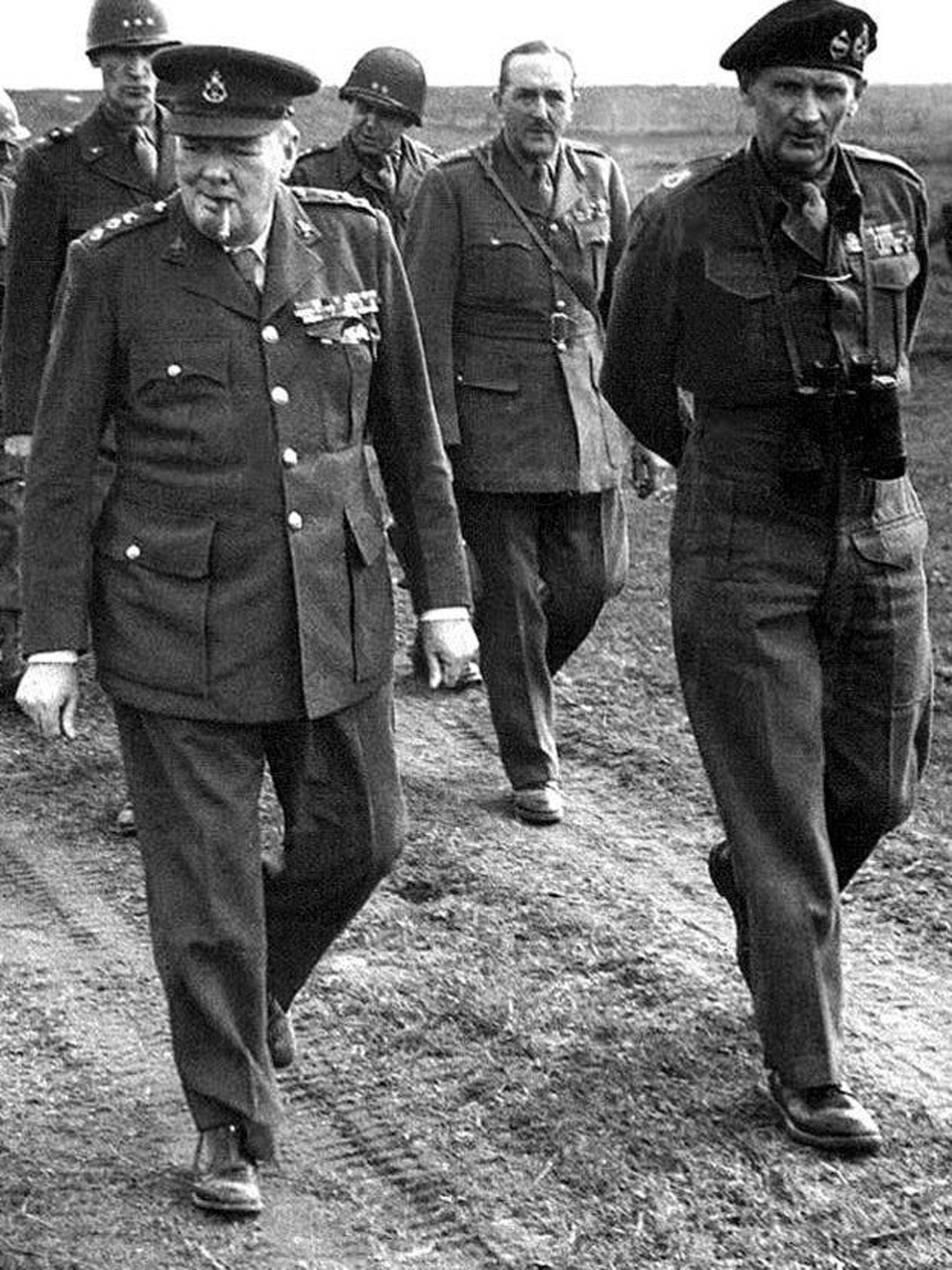
13/30 Winston Churchill
British Prime Minister Winston Churchill (L) walking with General Bernard Law Montgomery near the Rhine river in Germany during an advance by Allied troops on 23 March 1945
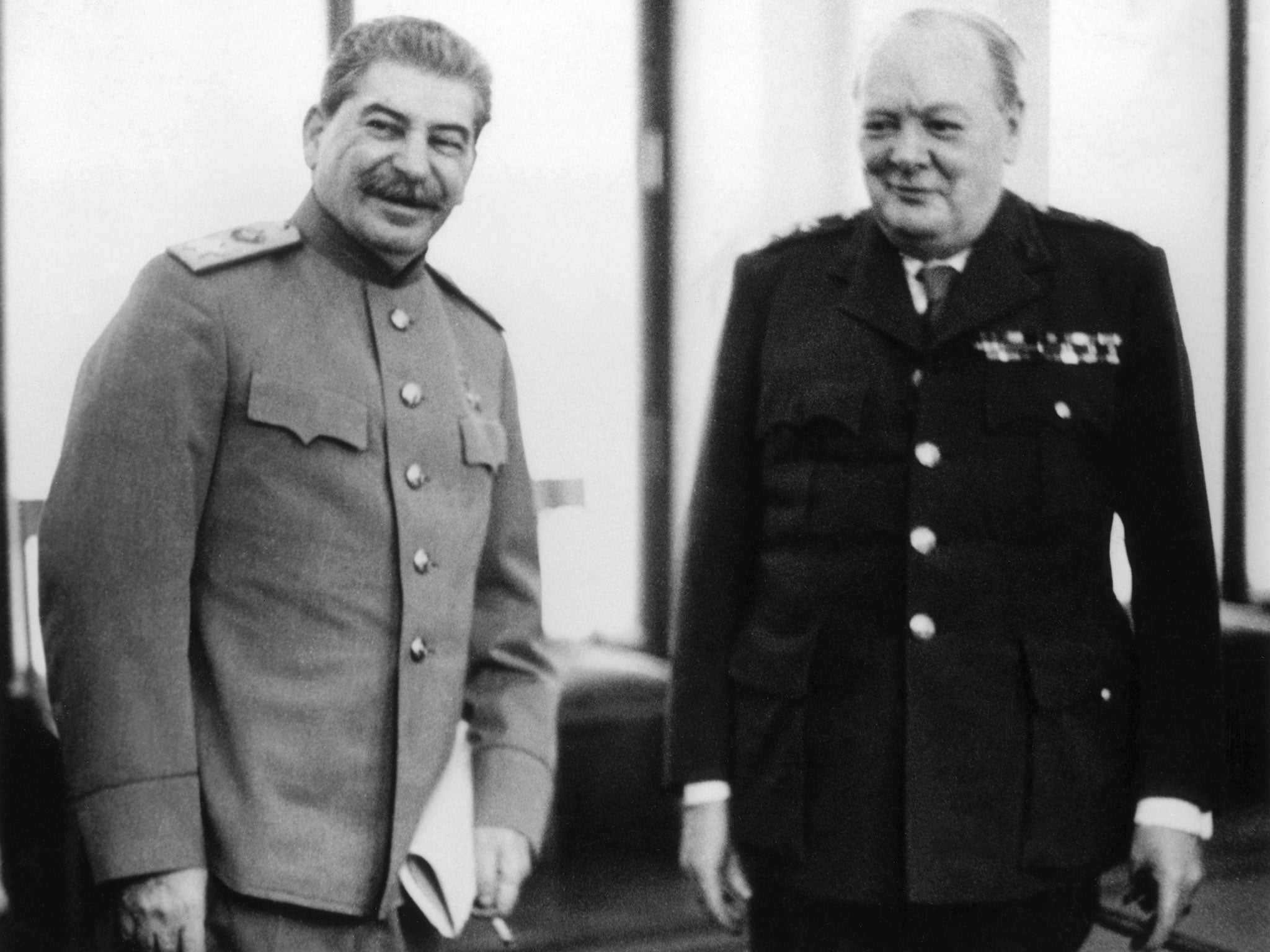
14/30 Winston Churchill
Marshal Joseph Stalin and Winston Churchill together at the Livedia Palace in Yalta, where they were both present for the conference on 7 February 1945
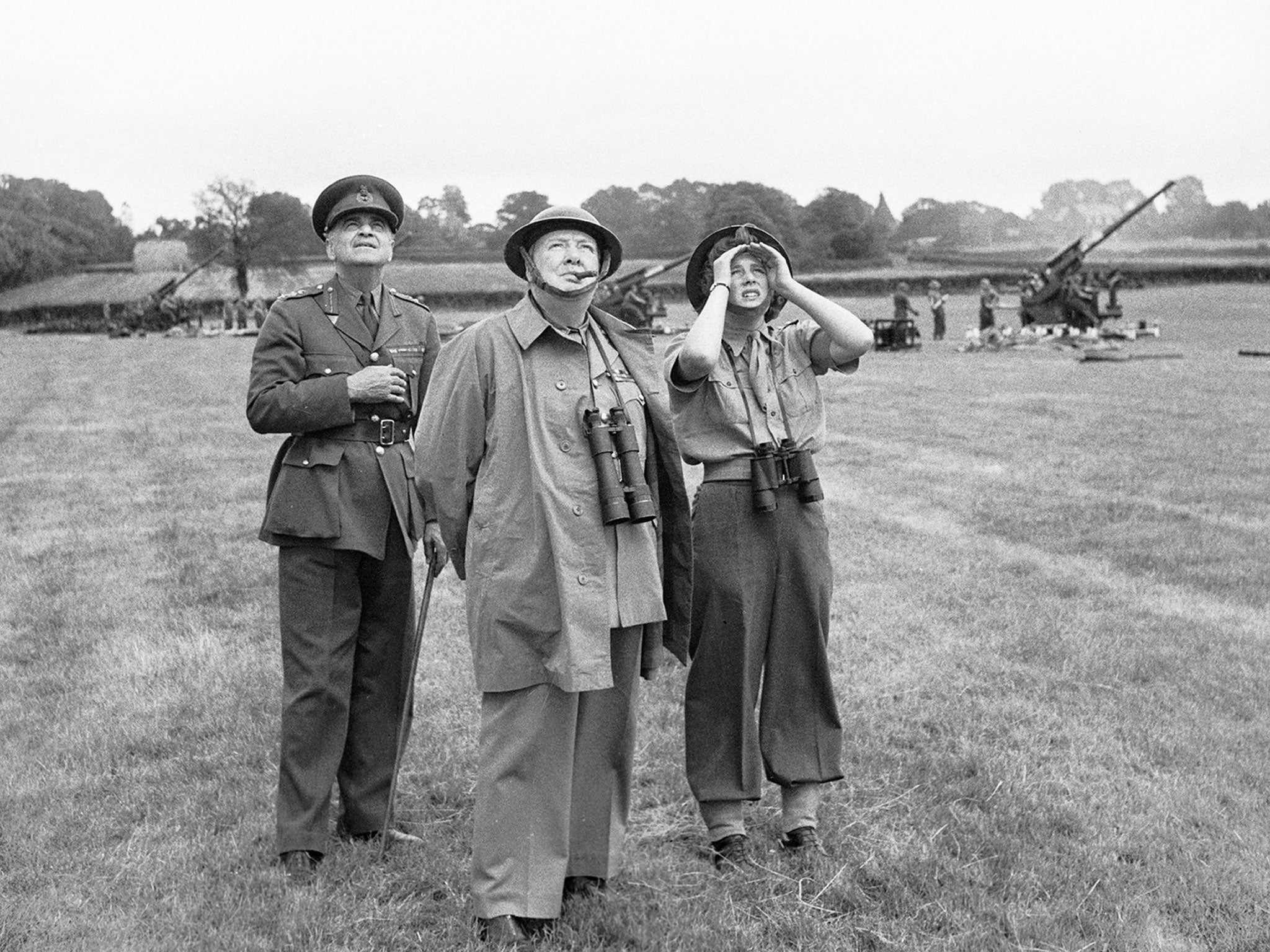
15/30 Winston Churchill
Winston Churchill with his daughter Mary and General Sir Frederick Pile (GOC Anti-Aircraft Command) watch anti-aircraft guns in action against V1 flying bombs on 30 June 1944
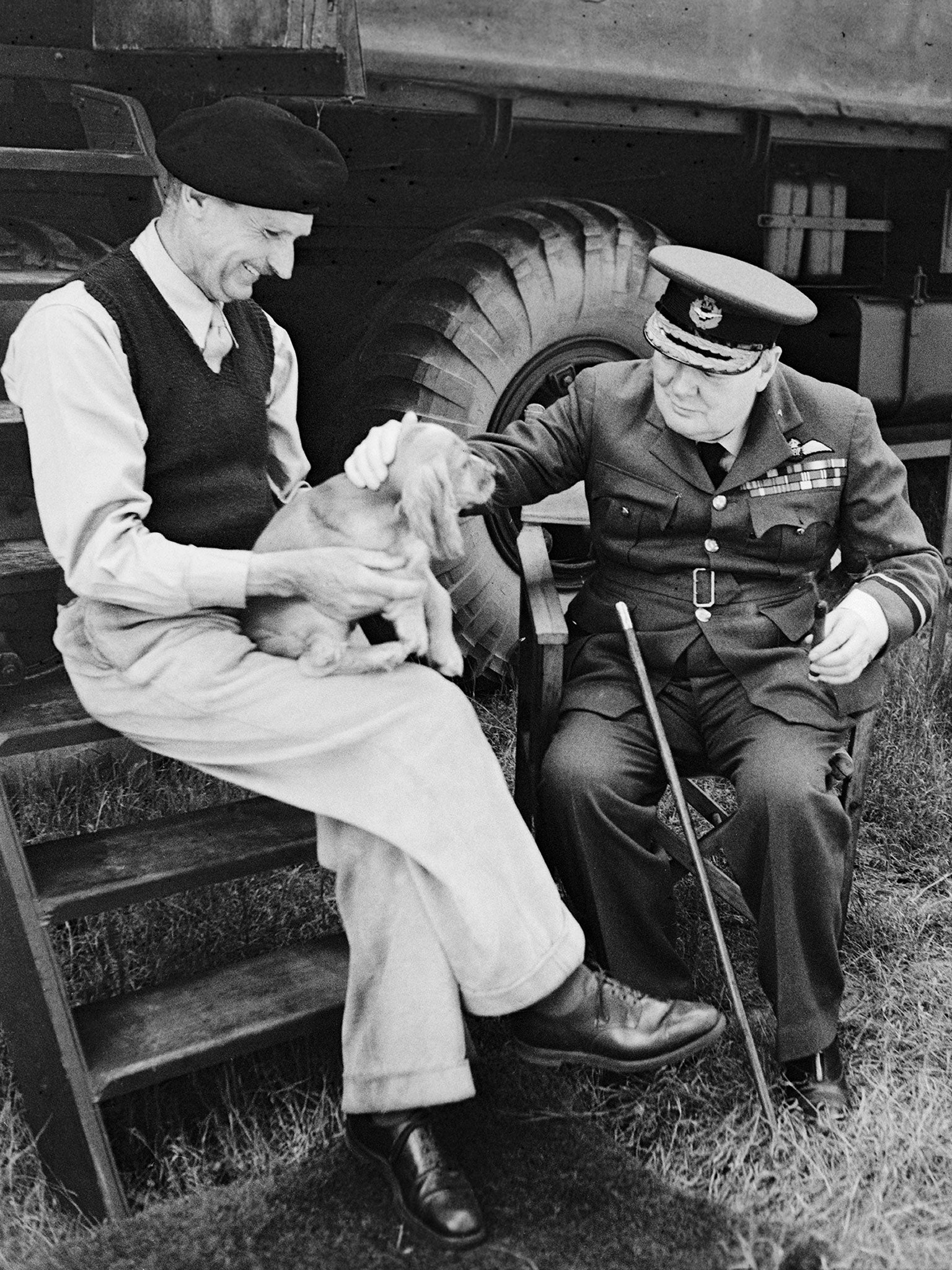
16/30 Winston Churchill
Winston Churchill and General Sir Bernard Montgomery with his dog in 1944
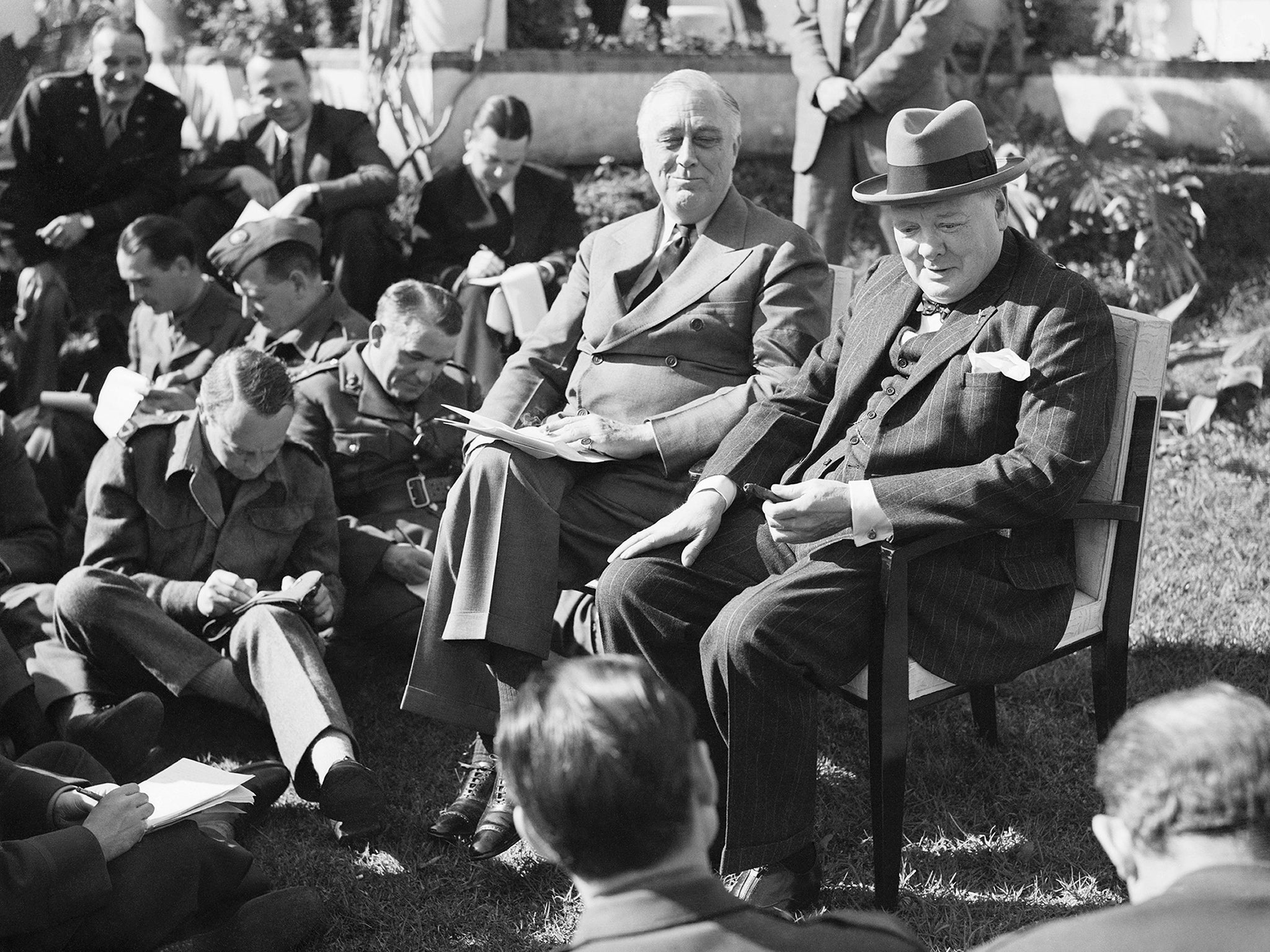
17/30 Winston Churchill
Prime Minister Winston Churchill Prime US President Franklin D. Roosevelt seated in the garden of the villa in Morocco where they met for a war conference surrounded by British and American war correspondants, on 23 January 1943
PA
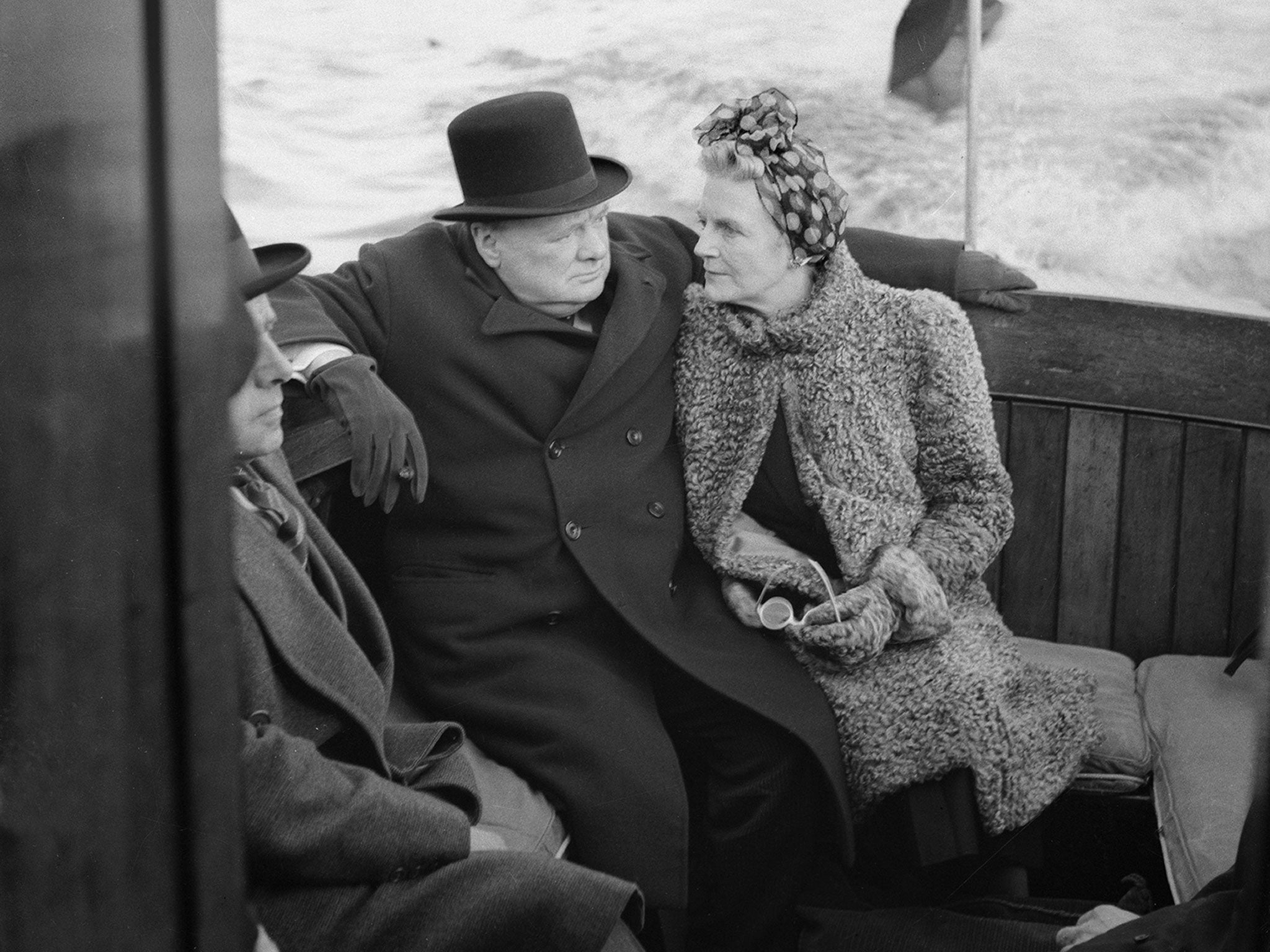
18/30 Winston Churchill
Winston Churchill and his wife, Clementine, on board a naval auxiliary patrol vessel during a visit to the London docks on 25 September 1940
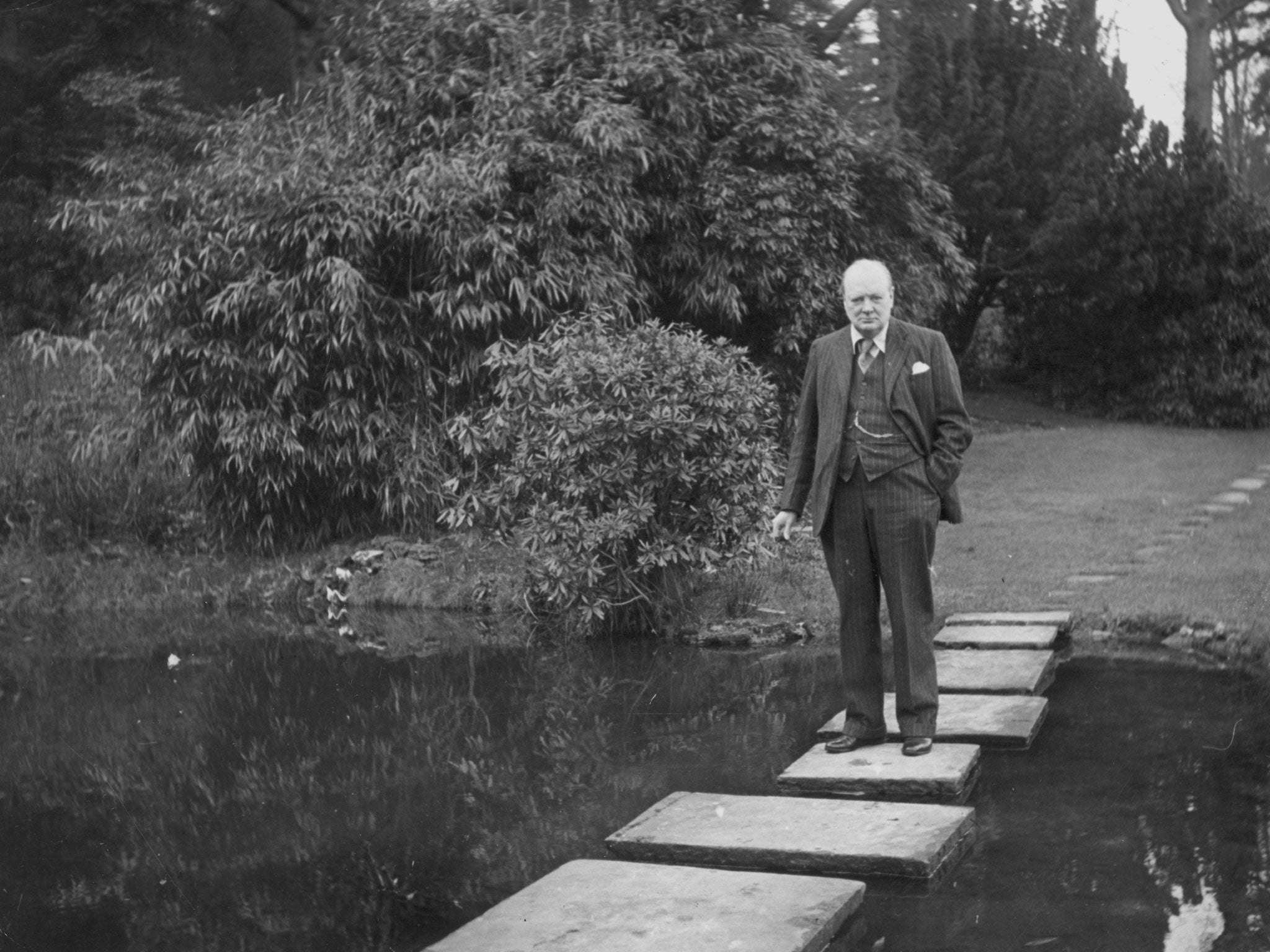
19/30 Winston Churchill
First Lord of the Admiralty, Winston Churchill strolls in the grounds of his country home, Chartwell Manor on 31 October 1939
Topical Press Agency/Getty Images
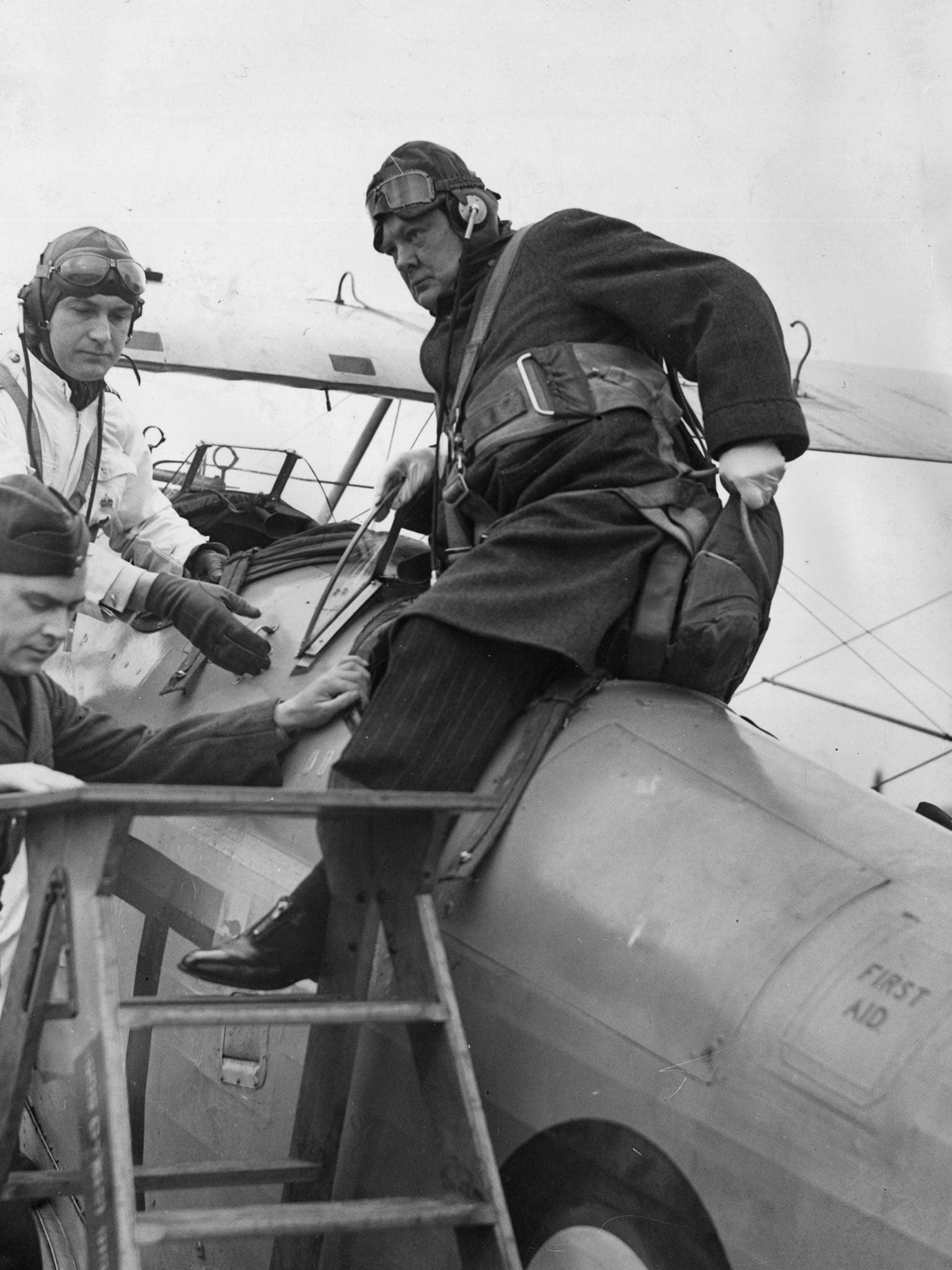
20/30 Winston Churchill
Winston Churchill, recently appointed Hon Air Commodore to 615 Auxiliary Air Force Squadron, climbing out of a Gloster Gauntlet II aircraft during a visit to the Squadron at Kenley, Surrey on 16 April 1939
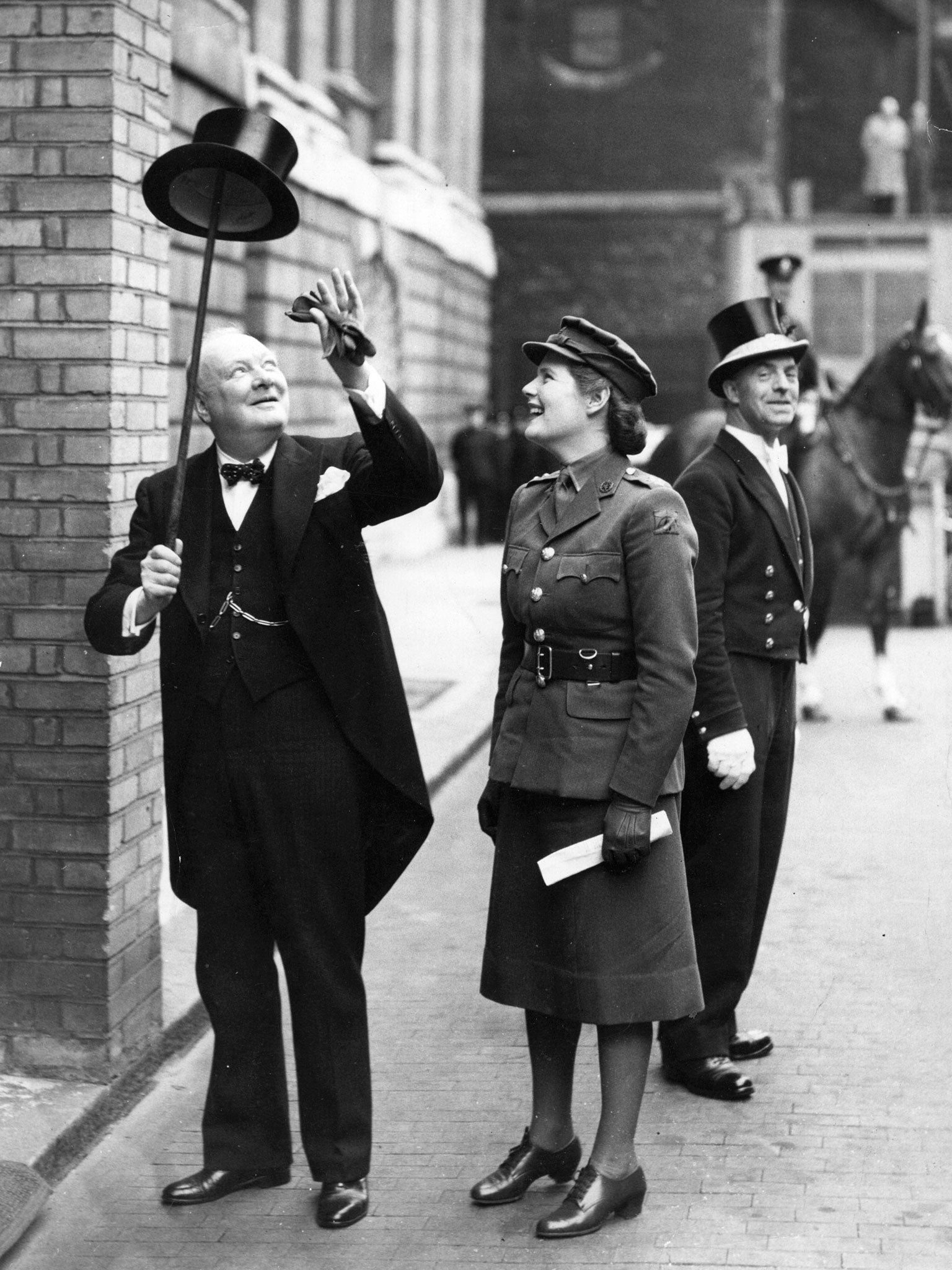
21/30 Winston Churchill
Winston Churchill balancing a top hat on his walking stick watched by his daughter Mary, outside the Mansion House in London
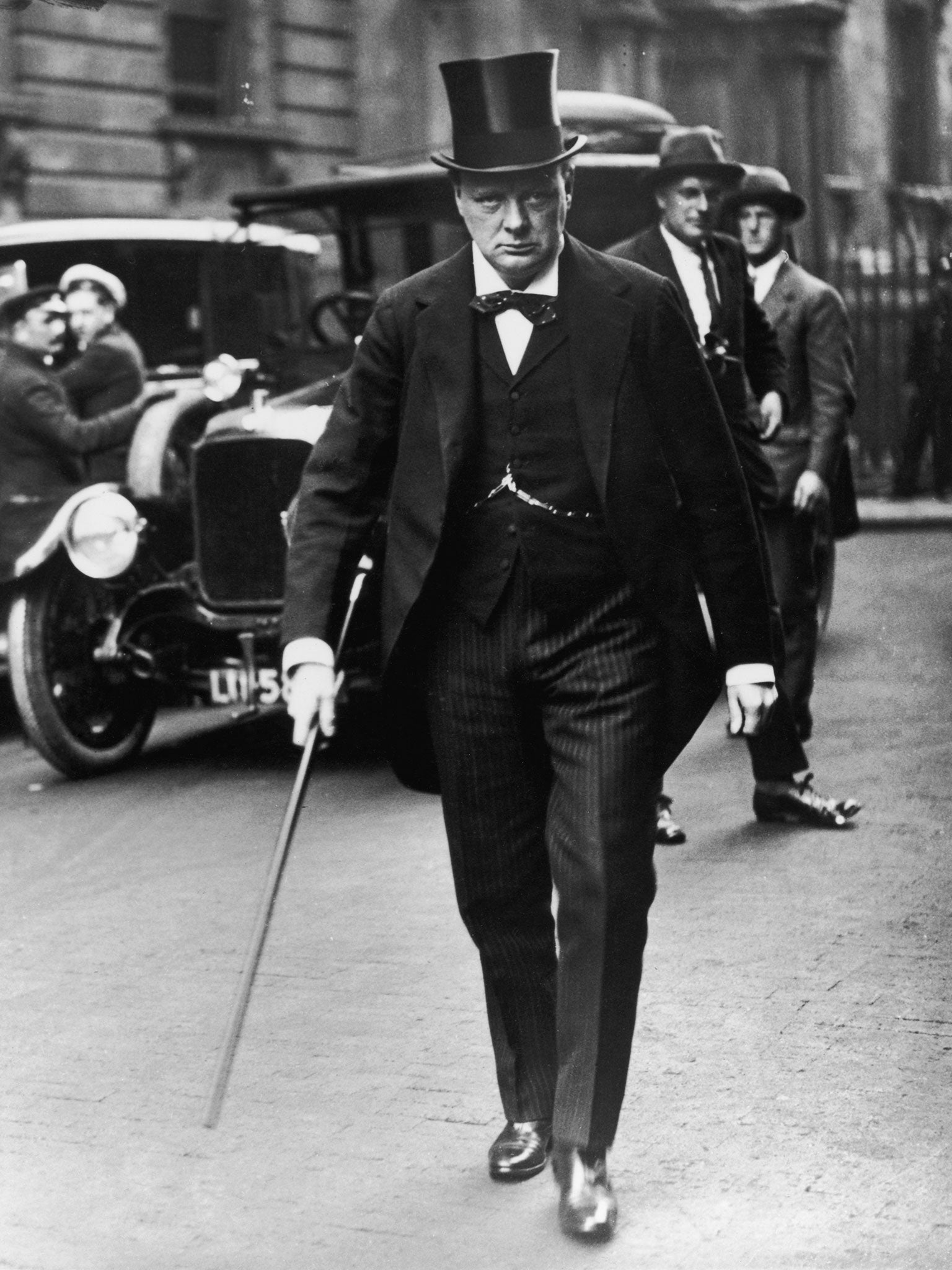
22/30 Winston Churchill
British statesman Winston Churchill attends the Anglo-Irish Conference in Downing Street on 11 October 1921
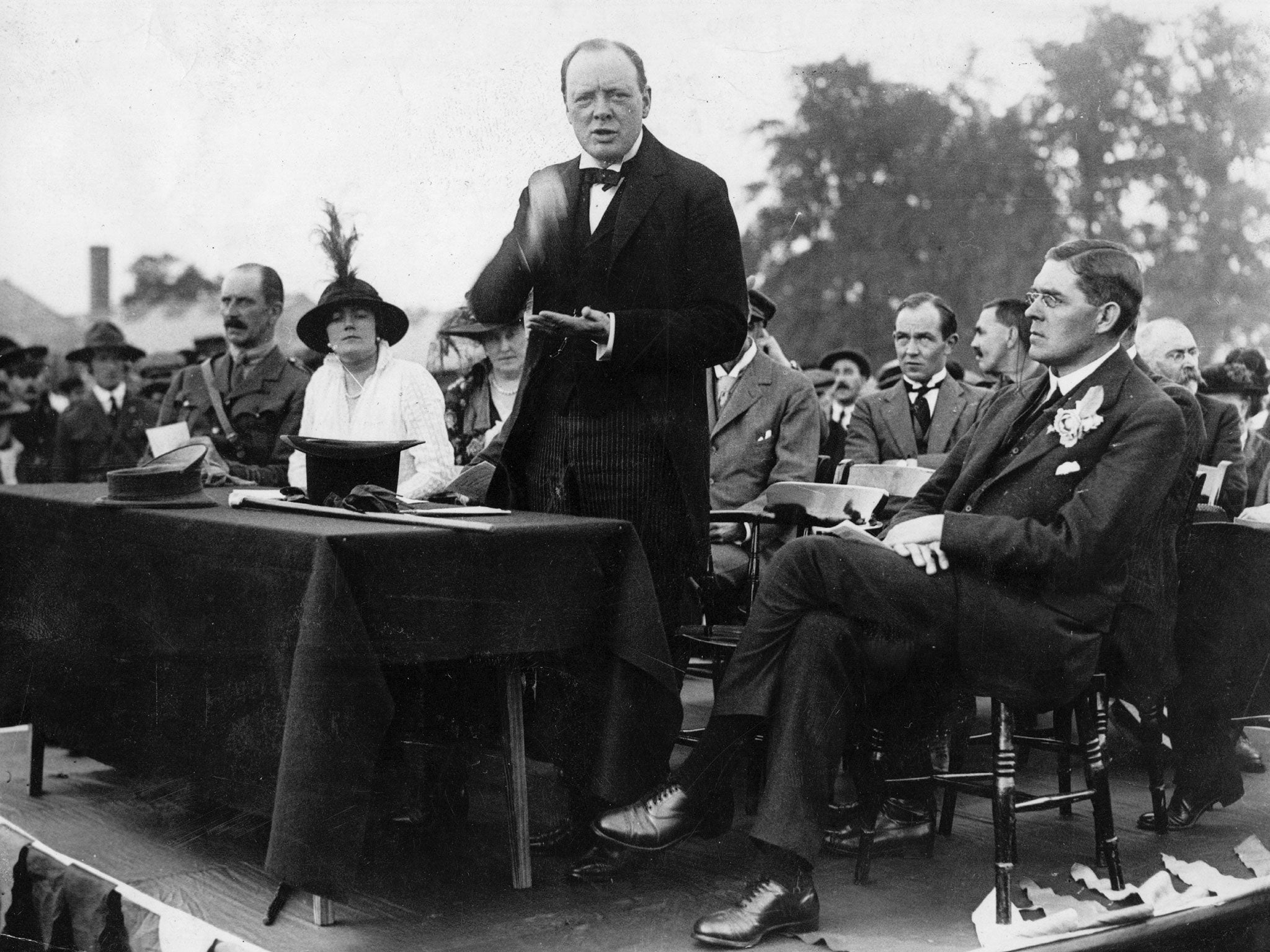
23/30 Winston Churchill
The platform party is attentive to Winston Churchill as he delivers his address opening a new YMCA hostel for munitions workers at Enfield, Middlesex, on 20 September, 1915
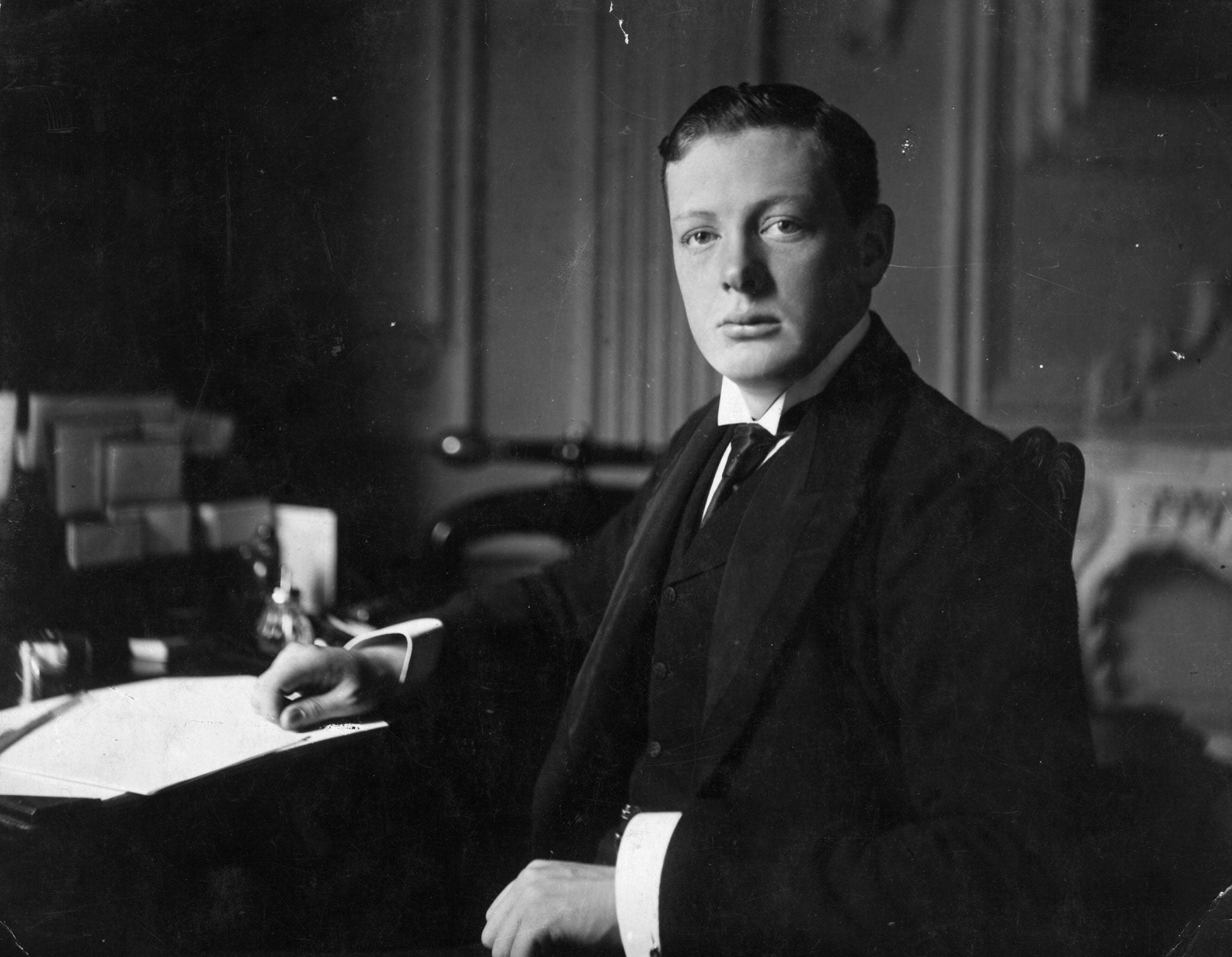
24/30 Winston Churchill
Winston Churchill won his first parliamentary seat in 1899
Getty Images
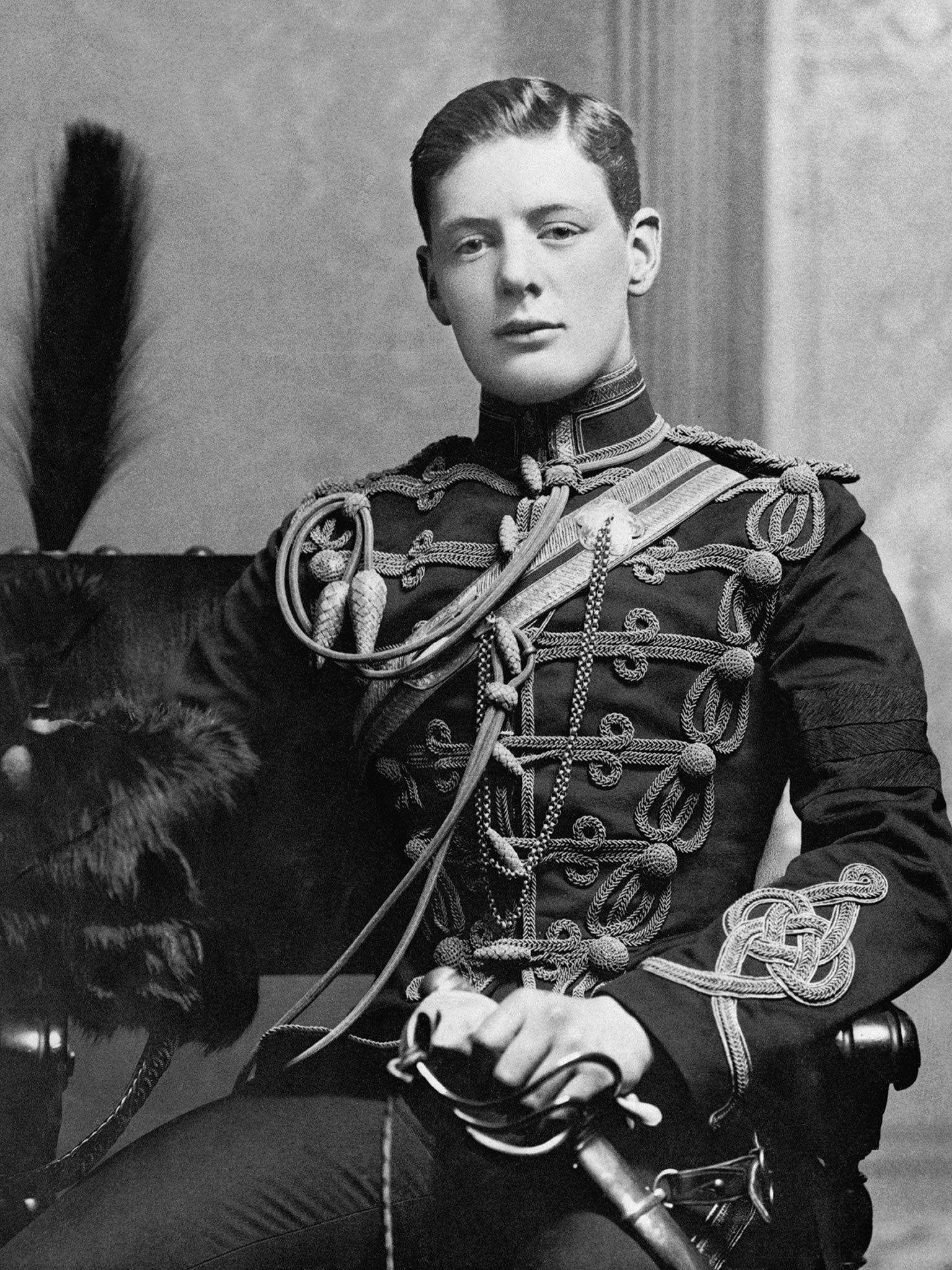
25/30 Winston Churchill
2nd Lieutenant Winston Churchill of the 4th Queen’s Own Hussars in 1895
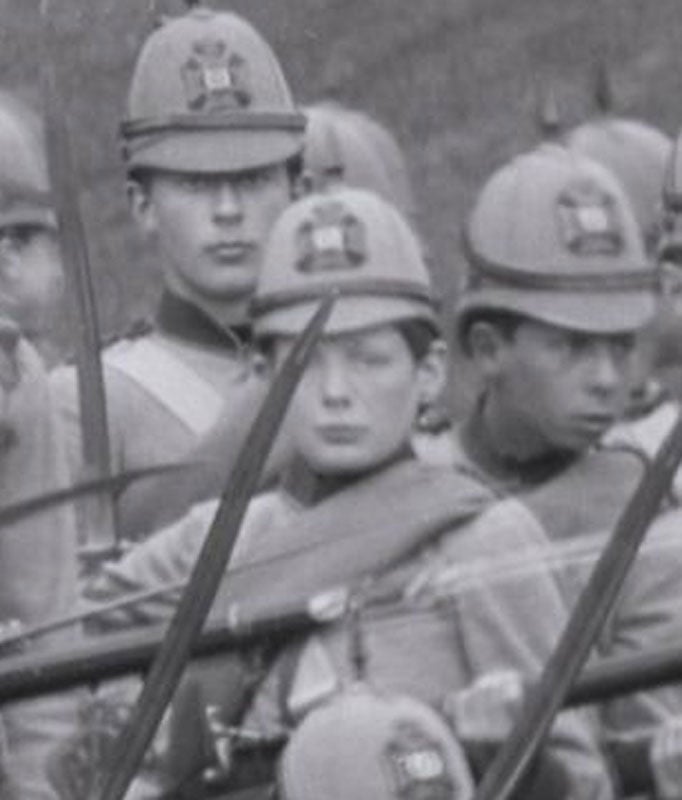
26/30 Winston Churchill
Winston Churchill dressed in the uniform of Harrow School Rifle Corps
Save Photo
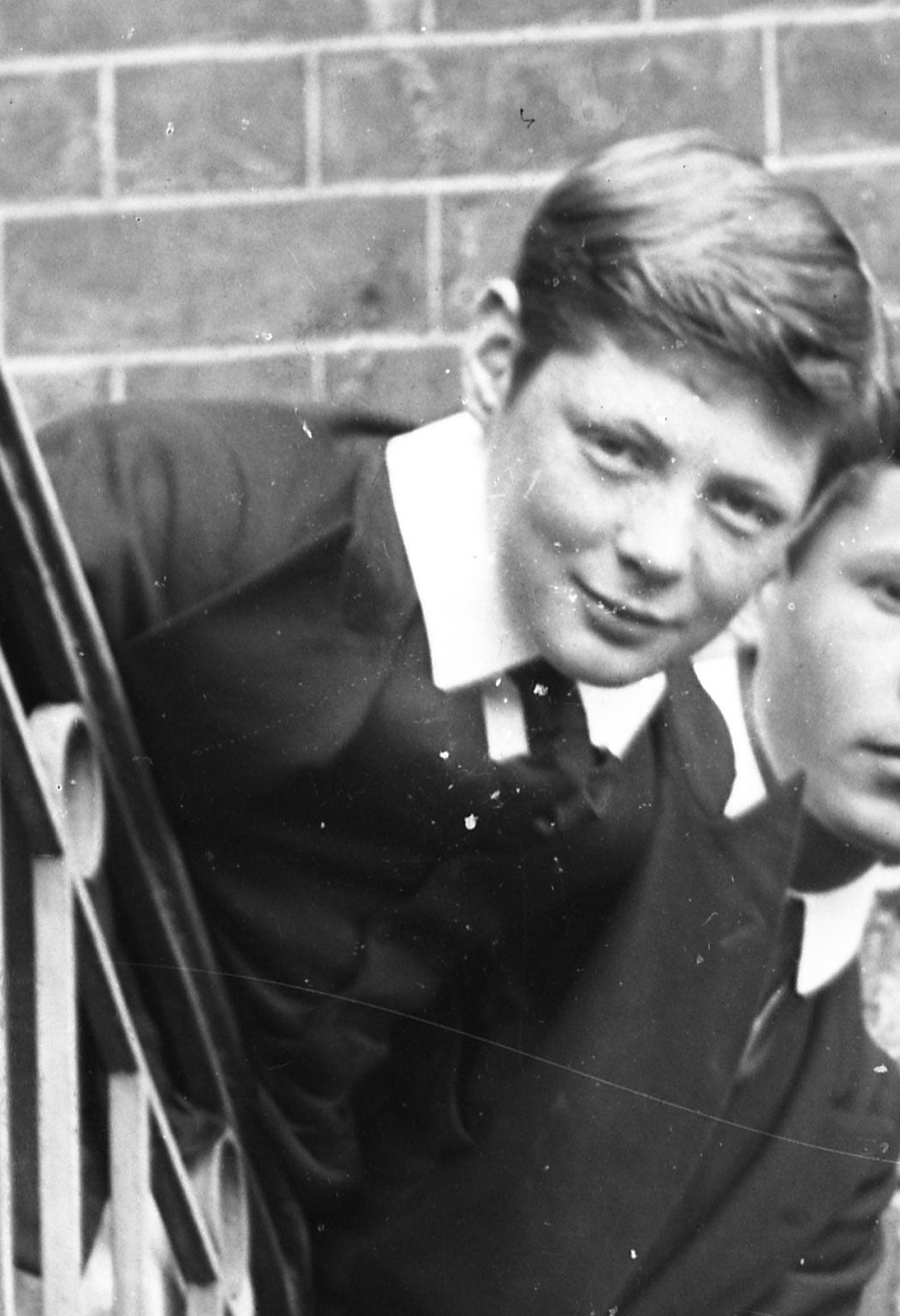
27/30 Winston Churchill
Winston Churchill between the ages of 13 and 17 at the time he attended the Harrow School
Save Photo
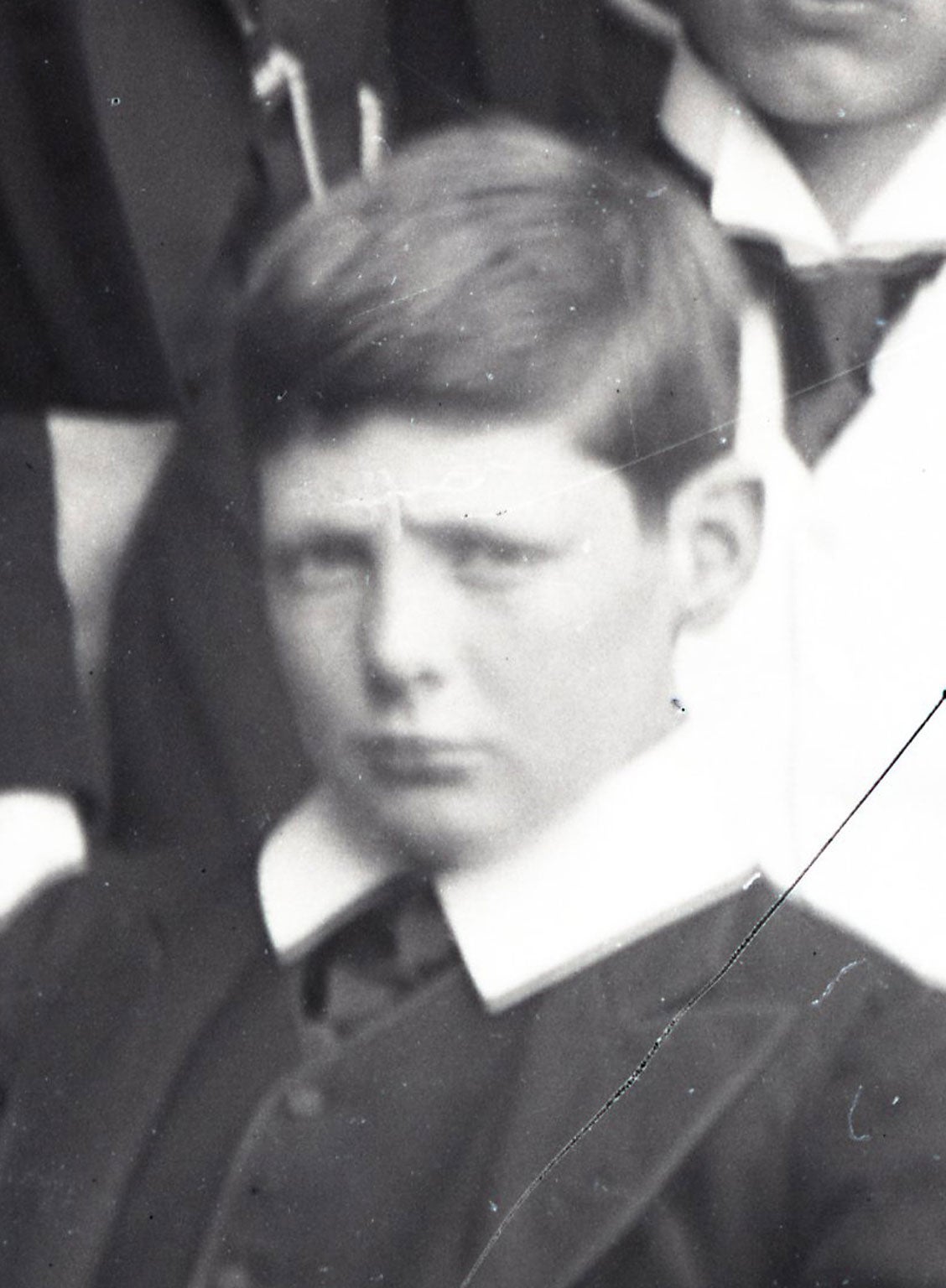
28/30 Winston Churchill
Winston Churchill in his school years
Save Photo
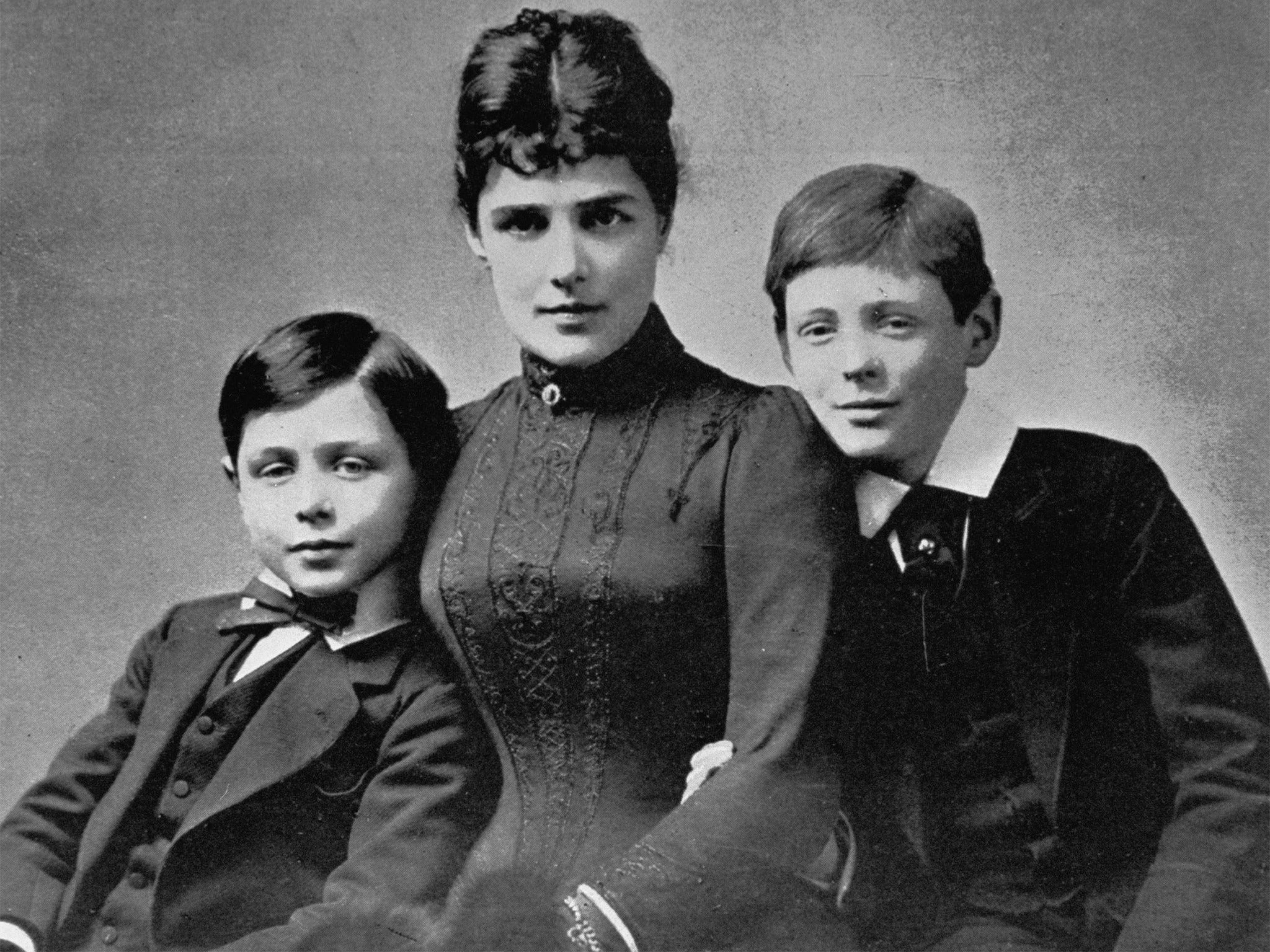
29/30 Winston Churchill
The former Jennie Jerome, Lady Randolph Churchill, born in New York, with her sons John (left) and Winston, in 1885
Time Life/Getty
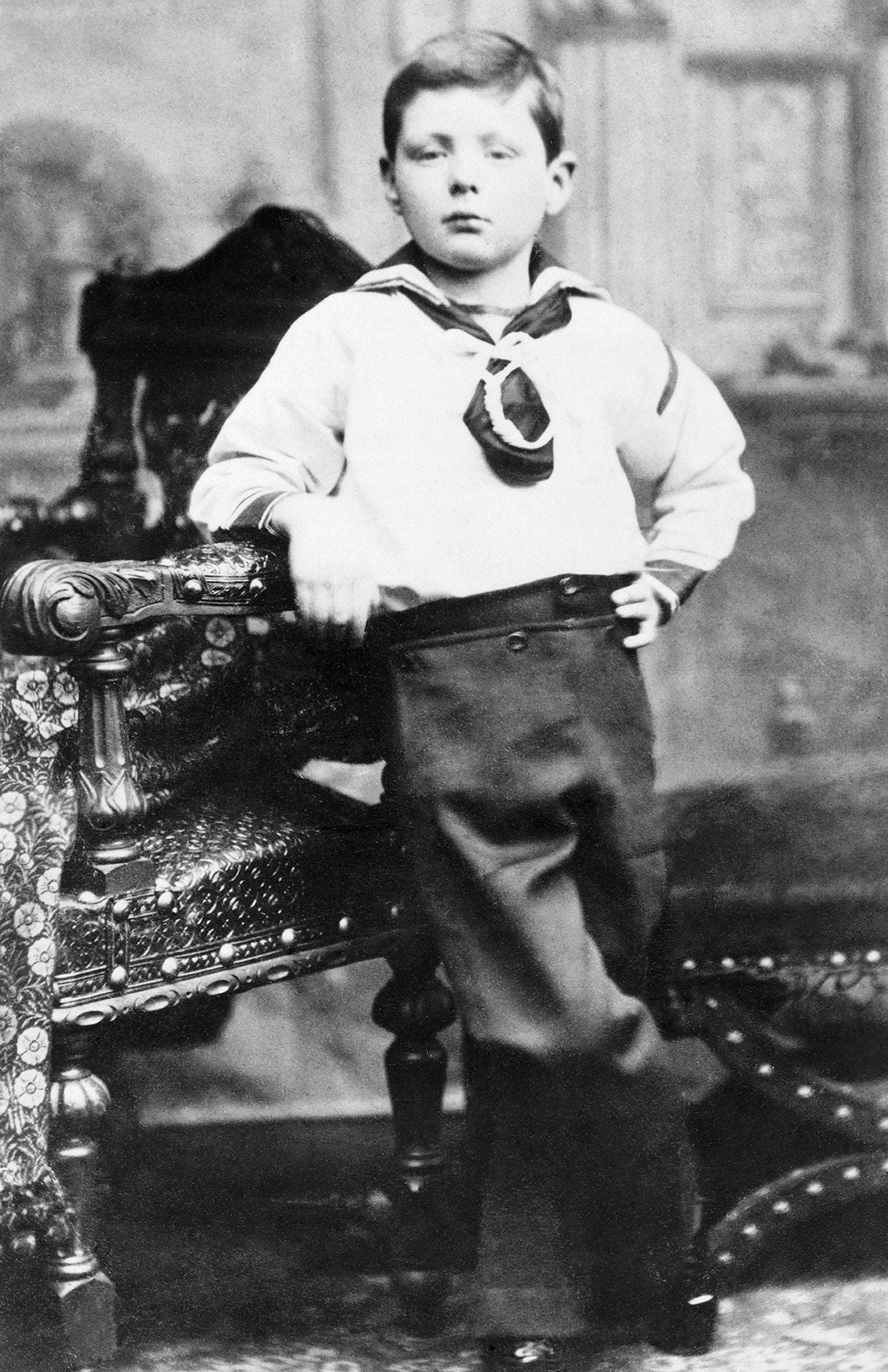
30/30 Winston Churchill
Winston Churchill as a young boy, aged 7, in Dublin, Ireland

1/30 Winston Churchill
Winston Churchill leaving London for his country home, Chartwell in Kent in 1964

2/30 Winston Churchill
Sir Winston Churchill with his daughter Mary and son-in-law Christopher Soames (right) in 1964
PA

3/30 Winston Churchill
(Seated left to right) Air Chief Marshal Sir Charles Portal; Field Marshal Sir Alan Brooke, Winston Churchill; Admiral Sir Andrew Cunningham, (standing left to right) the Secretary to the Chiefs of Staffs Committee, Major General L C Hollis; and the Chief of Staff to the Minister of Defence, General Sir Hastings Ismay at an unknown location

4/30 Winston Churchill
Winston Churchill flashes the V-sign on 19 June 1963
AFP PHOTO

5/30 Winston Churchill
Winston Churchill feeds the deer in Richmond Park, accompanied by his private secretary Anthony Montague Brown and personal detective Edmund Murray on 25 March 1963

6/30 Winston Churchill
Winston and Lady Churchill leaving their Hyde Park Gate home for an Ascot race meeting on 16 June 1961

7/30 Winston Churchill
Jacob Epstein with Winston Churchill in 1958. The pair lived on the same London street
Evening Standard/Getty Images

8/30 Winston Churchill
Prime Minister Winston Churchill kisses Queen Elizabeth II’s hand as she leaves 10 Downing Street in London, after a dinner on 4 April 1955
Getty Images

9/30 Winston Churchill
Winston Churchill at the christening of his granddaughter, Charlotte Soames at Westerham Parish Church, Kent on 6 November 1954. Left to right: godparents Fitzroy MacLean and Diana Churchill, Sir Winston Churchill, Lady Clementine Churchill, Christopher Soames and his wife Mary Churchill. The children are Nicholas, Jeremy and Emma Soames with his grandson Nicholas Soames

10/30 Winston Churchill
French President Paul Ramadier awards the medaille Militaire to former British prime minister Winston Churchill on 12 May 1947

11/30 Winston Churchill
Winston Churchill outside the German Reichstag during a tour of the ruined city of Berlin on 16 July 1945
PA

12/30 Winston Churchill
The prime minister of the wartime Coalition government Sir Winston Leonard Spencer Churchill during a speech 0n 2 July 1945. The July 1945 general election resulted in a resounding victory for the Labour Party

13/30 Winston Churchill
British Prime Minister Winston Churchill (L) walking with General Bernard Law Montgomery near the Rhine river in Germany during an advance by Allied troops on 23 March 1945

14/30 Winston Churchill
Marshal Joseph Stalin and Winston Churchill together at the Livedia Palace in Yalta, where they were both present for the conference on 7 February 1945

15/30 Winston Churchill
Winston Churchill with his daughter Mary and General Sir Frederick Pile (GOC Anti-Aircraft Command) watch anti-aircraft guns in action against V1 flying bombs on 30 June 1944

16/30 Winston Churchill
Winston Churchill and General Sir Bernard Montgomery with his dog in 1944

17/30 Winston Churchill
Prime Minister Winston Churchill Prime US President Franklin D. Roosevelt seated in the garden of the villa in Morocco where they met for a war conference surrounded by British and American war correspondants, on 23 January 1943
PA

18/30 Winston Churchill
Winston Churchill and his wife, Clementine, on board a naval auxiliary patrol vessel during a visit to the London docks on 25 September 1940

19/30 Winston Churchill
First Lord of the Admiralty, Winston Churchill strolls in the grounds of his country home, Chartwell Manor on 31 October 1939
Topical Press Agency/Getty Images

20/30 Winston Churchill
Winston Churchill, recently appointed Hon Air Commodore to 615 Auxiliary Air Force Squadron, climbing out of a Gloster Gauntlet II aircraft during a visit to the Squadron at Kenley, Surrey on 16 April 1939

21/30 Winston Churchill
Winston Churchill balancing a top hat on his walking stick watched by his daughter Mary, outside the Mansion House in London

22/30 Winston Churchill
British statesman Winston Churchill attends the Anglo-Irish Conference in Downing Street on 11 October 1921

23/30 Winston Churchill
The platform party is attentive to Winston Churchill as he delivers his address opening a new YMCA hostel for munitions workers at Enfield, Middlesex, on 20 September, 1915

24/30 Winston Churchill
Winston Churchill won his first parliamentary seat in 1899
Getty Images

25/30 Winston Churchill
2nd Lieutenant Winston Churchill of the 4th Queen’s Own Hussars in 1895

26/30 Winston Churchill
Winston Churchill dressed in the uniform of Harrow School Rifle Corps
Save Photo

27/30 Winston Churchill
Winston Churchill between the ages of 13 and 17 at the time he attended the Harrow School
Save Photo

28/30 Winston Churchill
Winston Churchill in his school years
Save Photo

29/30 Winston Churchill
The former Jennie Jerome, Lady Randolph Churchill, born in New York, with her sons John (left) and Winston, in 1885
Time Life/Getty

30/30 Winston Churchill
Winston Churchill as a young boy, aged 7, in Dublin, Ireland
He gladly took part in raids that laid waste to whole valleys, destroying houses and burning crops. He then sped off to help reconquer the Sudan, where he bragged that he personally shot at least three “savages”.
The young Churchill charged through imperial atrocities, defending each in turn. When concentration camps were built in South Africa, for white Boers, he said they produced “the minimum of suffering”. The death toll was almost 28,000, and when at least 115,000 black Africans were likewise swept into British camps, where 14,000 died, he wrote only of his “irritation that Kaffirs should be allowed to fire on white men”. Later, he boasted of his experiences there: “That was before war degenerated. It was great fun galloping about.”
Then as an MP he demanded a rolling programme of more conquests, based on his belief that “the Aryan stock is bound to triumph”. There seems to have been an odd cognitive dissonance in his view of the “natives”. In some of his private correspondence, he appears to really believe they are helpless children who will “willingly, naturally, gratefully include themselves within the golden circle of an ancient crown”.
But when they defied this script, Churchill demanded they be crushed with extreme force. As Colonial Secretary in the 1920s, he unleashed the notorious Black and Tan thugs on Ireland’s Catholic civilians, and when the Kurds rebelled against British rule, he said: “I am strongly in favour of using poisoned gas against uncivilised tribes…[It] would spread a lively terror.”
Of course, it’s easy to dismiss any criticism of these actions as anachronistic. Didn’t everybody think that way then? One of the most striking findings of Toye’s research is that they really didn’t: even at the time, Churchill was seen as at the most brutal and brutish end of the British imperialist spectrum. Prime Minister Stanley Baldwin was warned by Cabinet colleagues not to appoint him because his views were so antedeluvian. Even his startled doctor, Lord Moran, said of other races: “Winston thinks only of the colour of their skin.”
Many of his colleagues thought Churchill was driven by a deep loathing of democracy for anyone other than the British and a tiny clique of supposedly superior races. This was clearest in his attitude to India. When Mahatma Gandhi launched his campaign of peaceful resistance, Churchill raged that he “ought to be lain bound hand and foot at the gates of Delhi, and then trampled on by an enormous elephant with the new Viceroy seated on its back.” As the resistance swelled, he announced: “I hate Indians. They are a beastly people with a beastly religion.” This hatred killed. To give just one, major, example, in 1943 a famine broke out in Bengal, caused – as the Nobel Prize-winning economist Amartya Sen has proved – by the imperial policies of the British. Up to 3 million people starved to death while British officials begged Churchill to direct food supplies to the region. He bluntly refused. He raged that it was their own fault for “breeding like rabbits”. At other times, he said the plague was “merrily” culling the population.
The latest news on Brexit, politics and beyond direct to your inbox
Skeletal, half-dead people were streaming into the cities and dying on the streets, but Churchill – to the astonishment of his staff – had only jeers for them. This rather undermines the claims that Churchill’s imperialism was motivated only by an altruistic desire to elevate the putatively lower races.
Hussein Onyango Obama is unusual among Churchill’s victims only in one respect: his story has been rescued from the slipstream of history, because his grandson ended up as President of the US. Churchill believed that Kenya’s fertile highlands should be the preserve of the white settlers, and approved the clearing out of the local “blackamoors”. He saw the local Kikuyu as “brutish children”. When they rebelled under Churchill’s post-war premiership, some 150,000 of them were forced at gunpoint into detention camps – later dubbed “Britain’s gulag” by Pulitzer-prize winning historian, Professor Caroline Elkins. She studied the detention camps for five years for her remarkable book Britain’s Gulag: The Brutal End of Empire in Kenya, explains the tactics adopted under Churchill to crush the local drive for independence. “Electric shock was widely used, as well as cigarettes and fire,” she writes. “The screening teams whipped, shot, burned, and mutilated Mau Mau suspects.” Hussein Onyango Obama never truly recovered from the torture he endured.
Many of the wounds Churchill inflicted have still not healed: you can find them on the front pages any day of the week. He is the man who invented Iraq, locking together three conflicting peoples behind arbitrary borders that have been bleeding ever since. He is the Colonial Secretary who offered the Over-Promised Land to both the Jews and the Arabs – although he seems to have privately felt racist contempt for both. He jeered at the Palestinians as “barbaric hoards who ate little but camel dung,” while he was appalled that the Israelis “take it for granted that the local population will be cleared out to suit their convenience”.
True, occasionally Churchill did become queasy about some of the most extreme acts of the Empire. He fretted at the slaughter of women and children, and cavilled at the Amritsar massacre of 1919. Toye tries to present these doubts as evidence of moderation – yet they almost never seem to have led Churchill to change his actions. If you are determined to rule people by force against their will, you can hardly be surprised when atrocities occur. Rule Britannia would inexorably produce a Cruel Britannia.
So how can the two be reconciled? Was Churchill’s moral opposition to Nazism a charade, masking the fact he was merely trying to defend the British Empire from a rival?
The US civil rights leader Richard B. Moore, quoted by Toye, said it was “a rare and fortunate coincidence” that at that moment “the vital interests of the British Empire [coincided] with those of the great overwhelming majority of mankind”. But this might be too soft in its praise. If Churchill had only been interested in saving the Empire, he could probably have cut a deal with Hitler. No: he had a deeper repugnance for Nazism than that. He may have been a thug, but he knew a greater thug when he saw one – and we may owe our freedom today to this wrinkle in history.
This, in turn, led to the great irony of Churchill’s life. In resisting the Nazis, he produced some of the richest prose-poetry in defence of freedom and democracy ever written. It was a cheque he didn’t want black or Asian people to cash – but they refused to accept that the Bank of Justice was empty. As the Ghanaian nationalist Kwame Nkrumah wrote: “All the fair, brave words spoken about freedom that had been broadcast to the four corners of the earth took seed and grew where they had not been intended.” Churchill lived to see democrats across Britain’s dominions and colonies – from nationalist leader Aung San in Burma to Jawarlal Nehru in India – use his own intoxicating words against him.
Ultimately, the words of the great and glorious Churchill who resisted dictatorship overwhelmed the works of the cruel and cramped Churchill who tried to impose it on the darker-skinned peoples of the world. The fact that we now live in a world where a free and independent India is a superpower eclipsing Britain, and a grandson of the ”savages” is the most powerful man in the world, is a repudiation of Churchill at his ugliest – and a sweet, ironic victory for Churchill at his best.
For updates on this issue and others, follow Johann at www.twitter.com/johannhari101
‘Churchill’s Empire’ is published by Macmillan (£25). To order a copy for the special price of £22.50 (free P&P) call Independent Books Direct on 08430 600 030, or visit www.independentbooksdirect.co.uk

